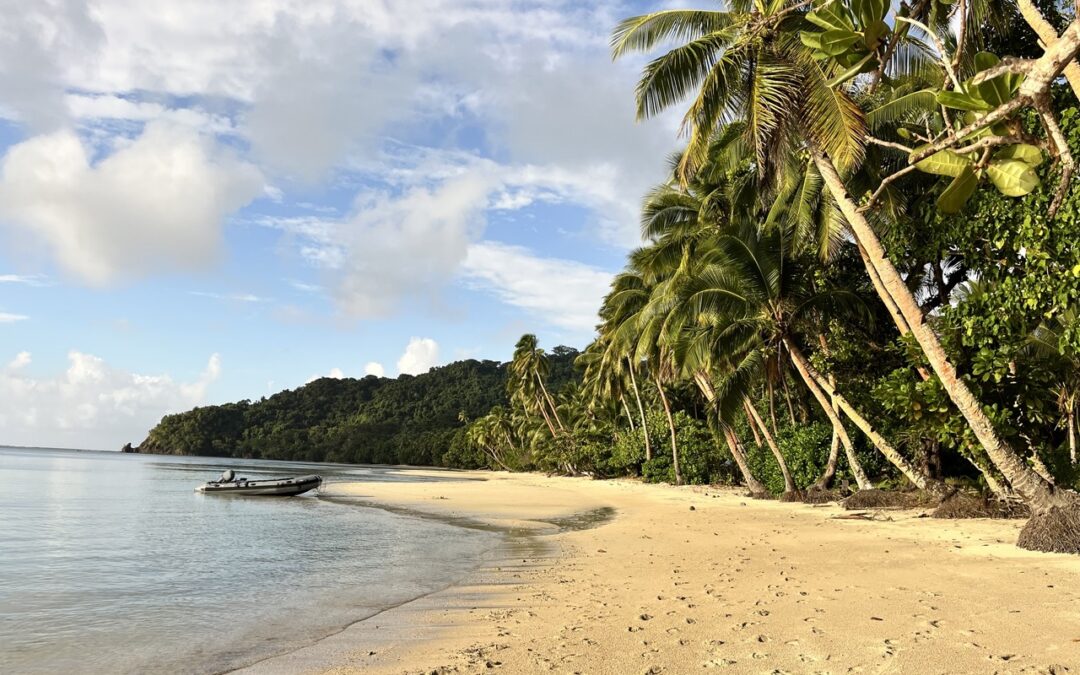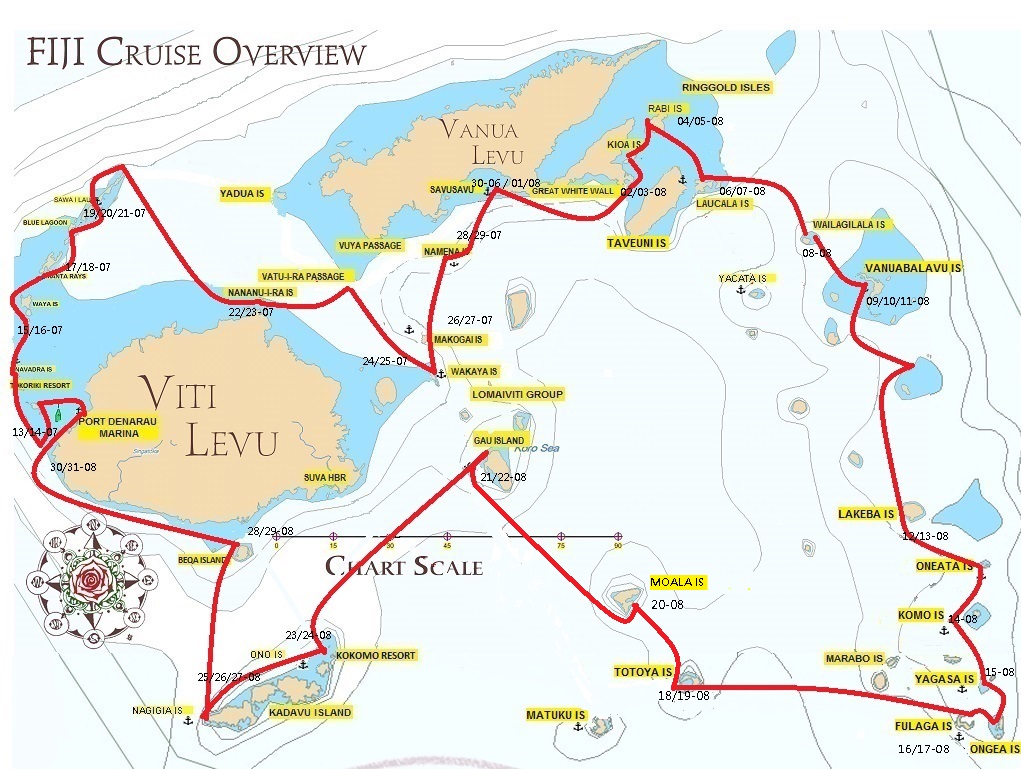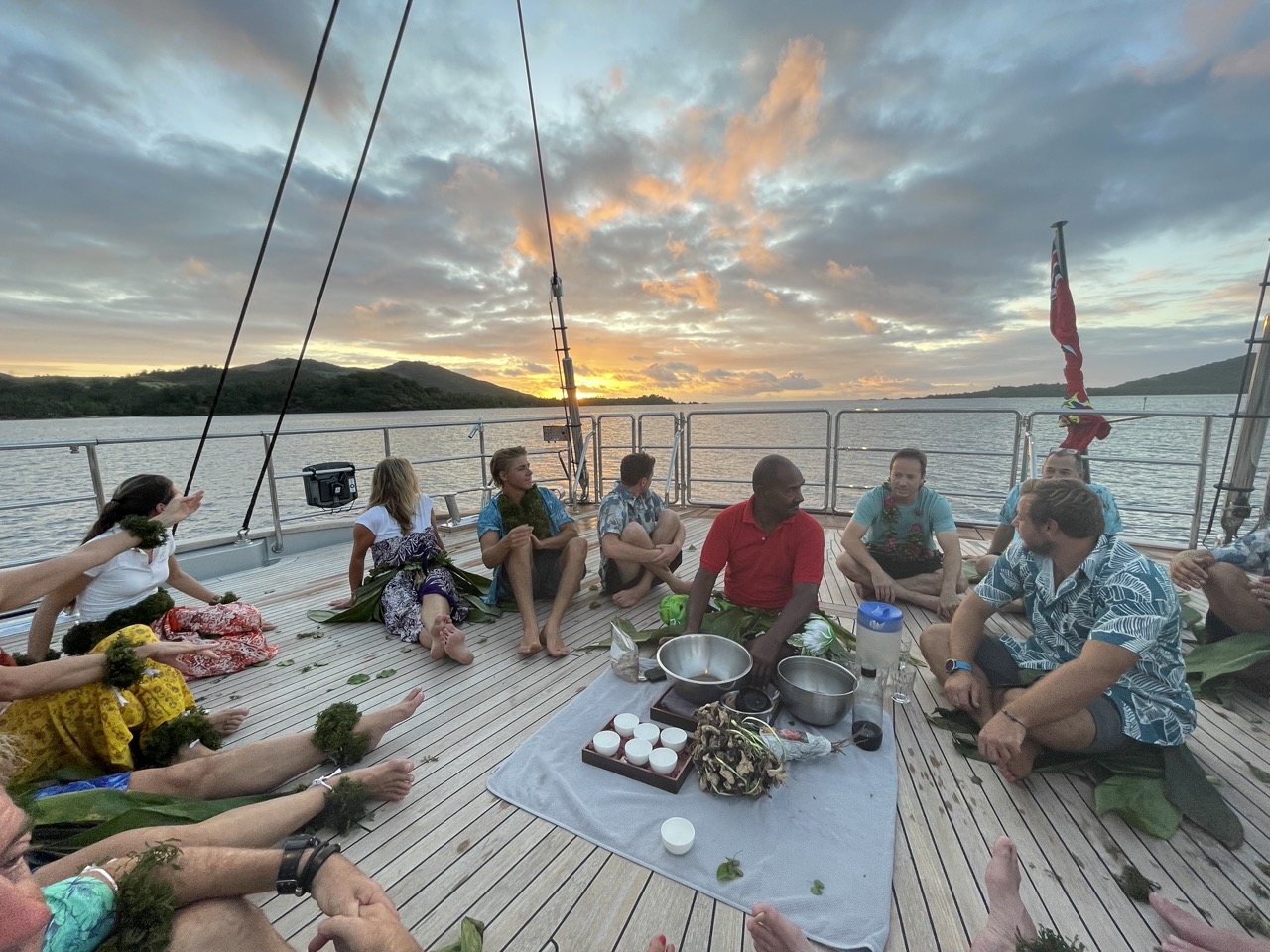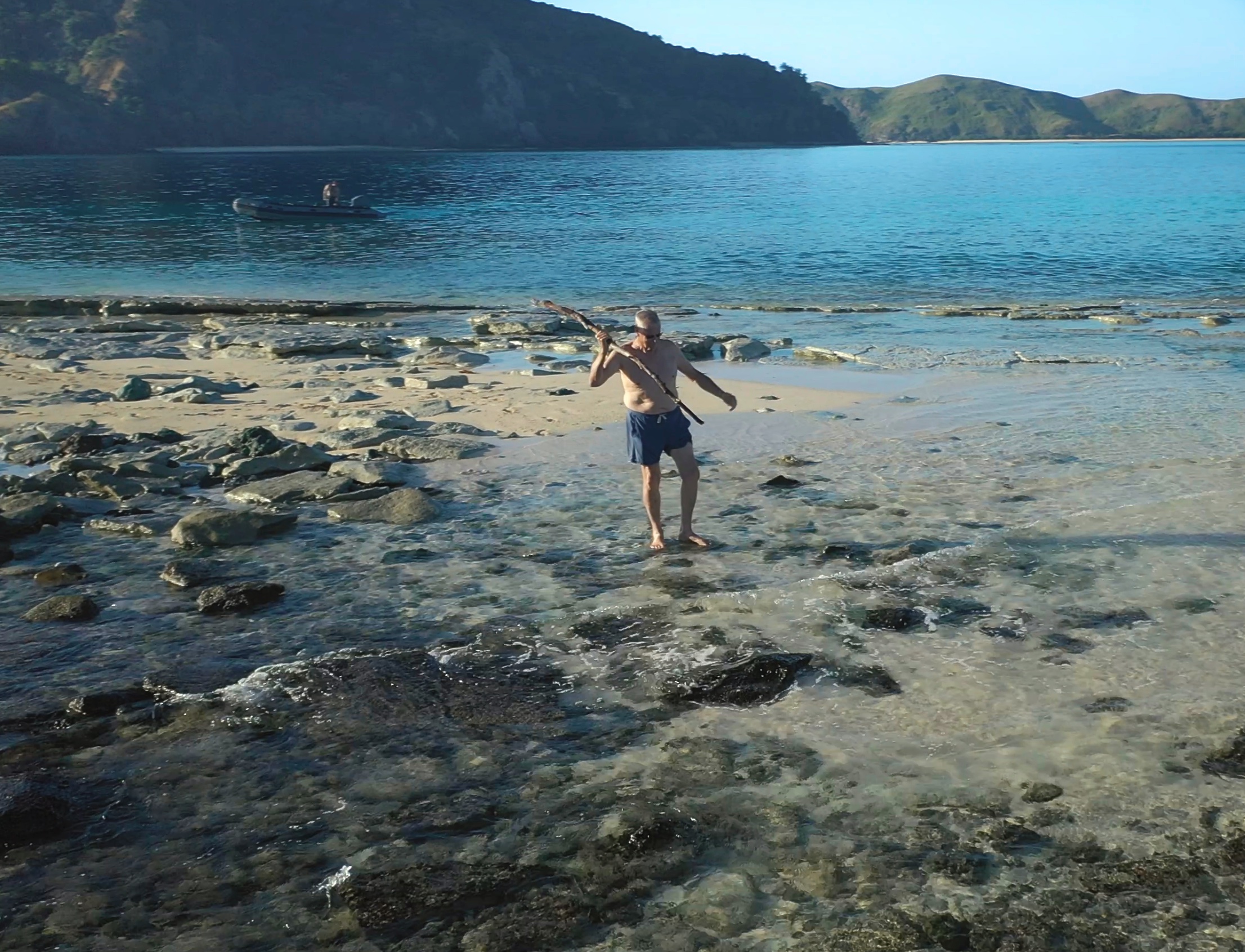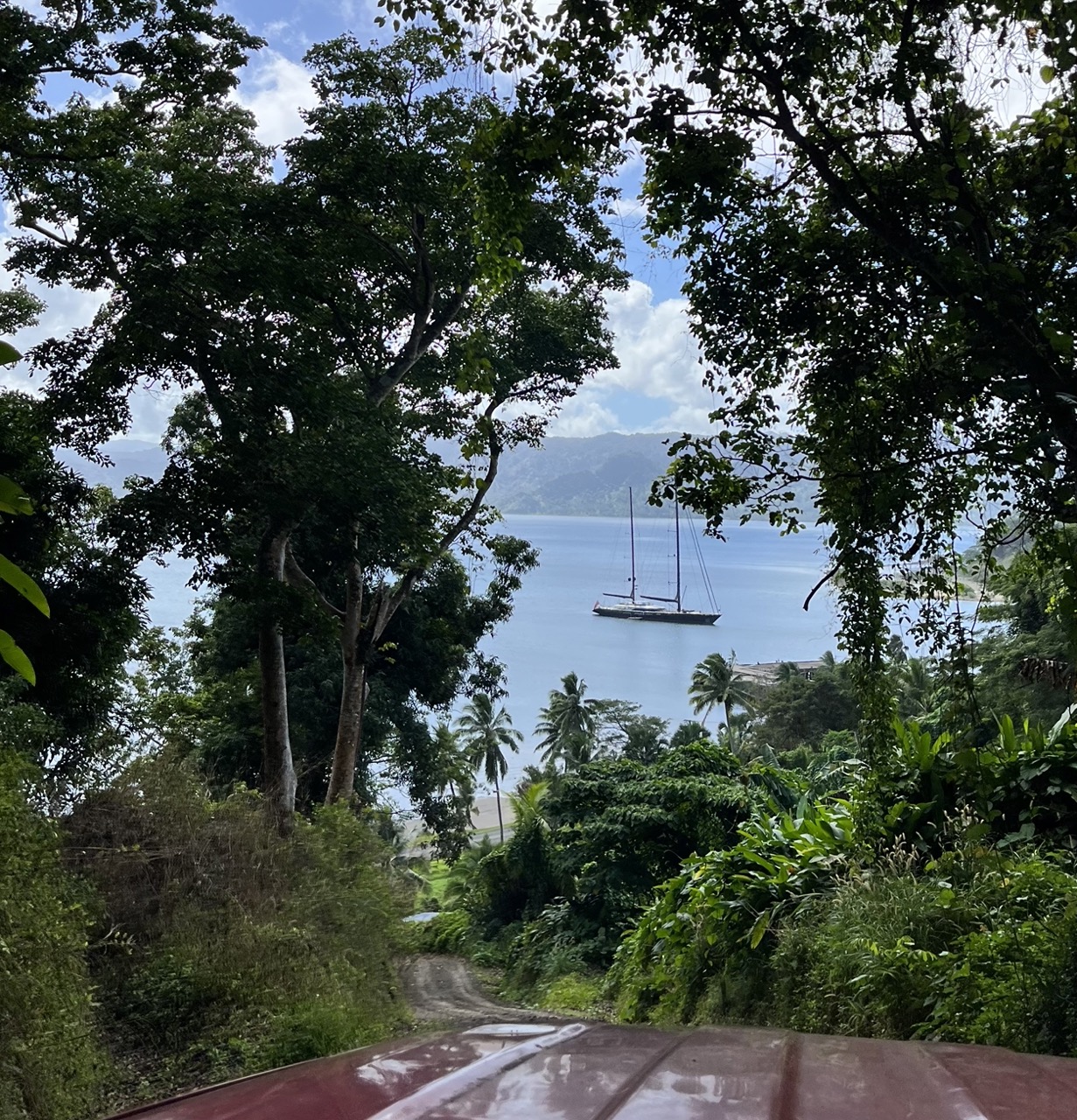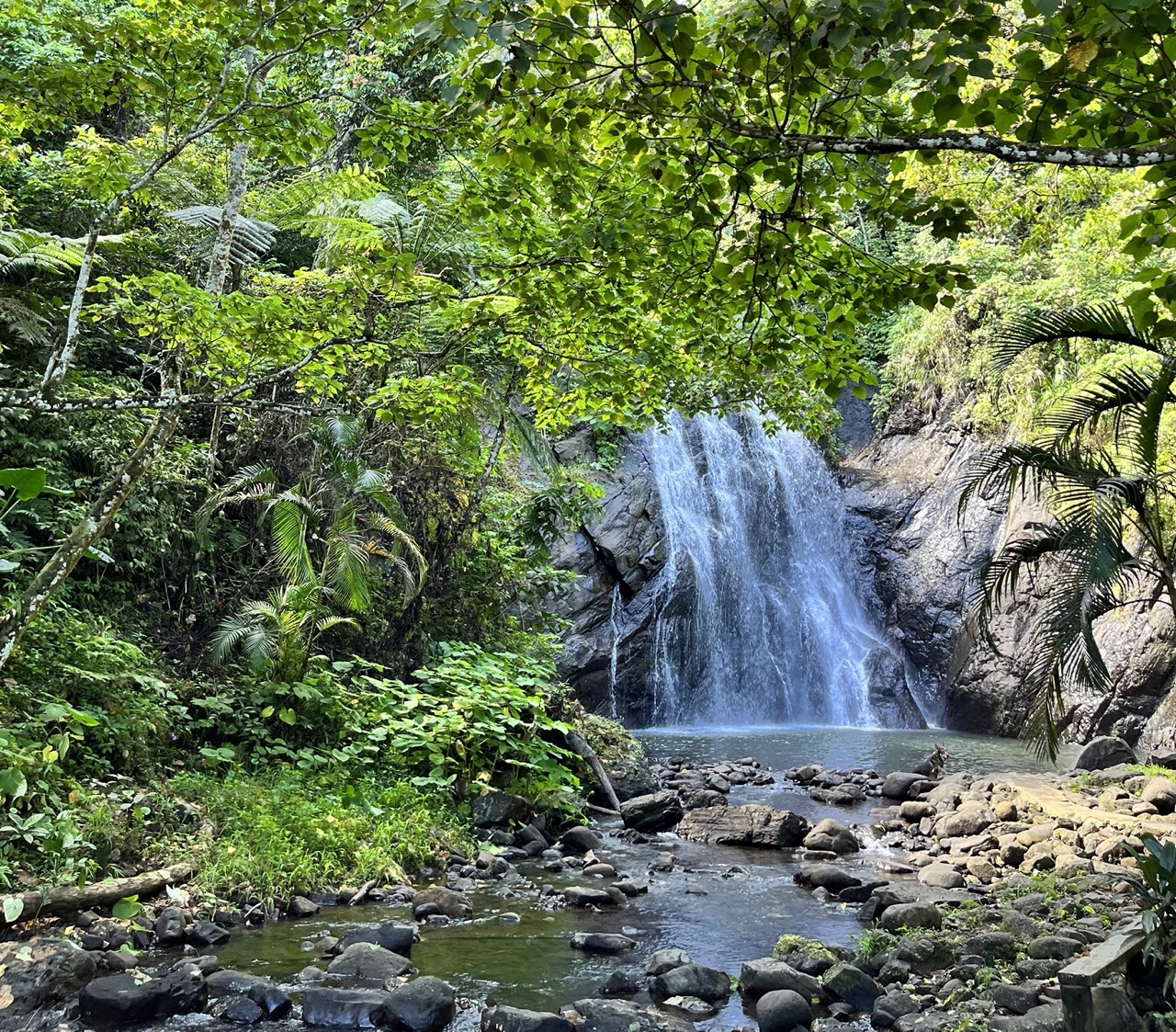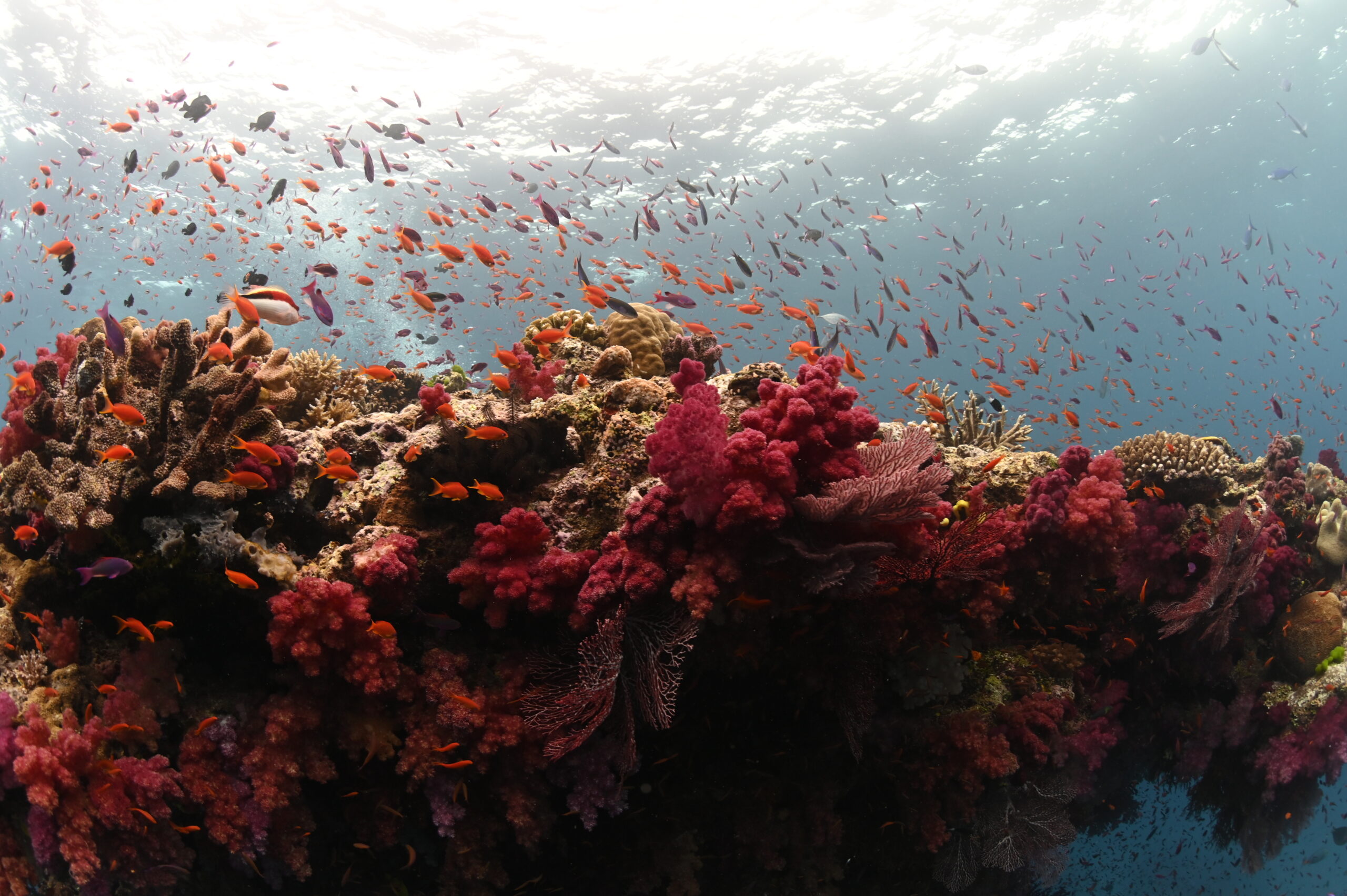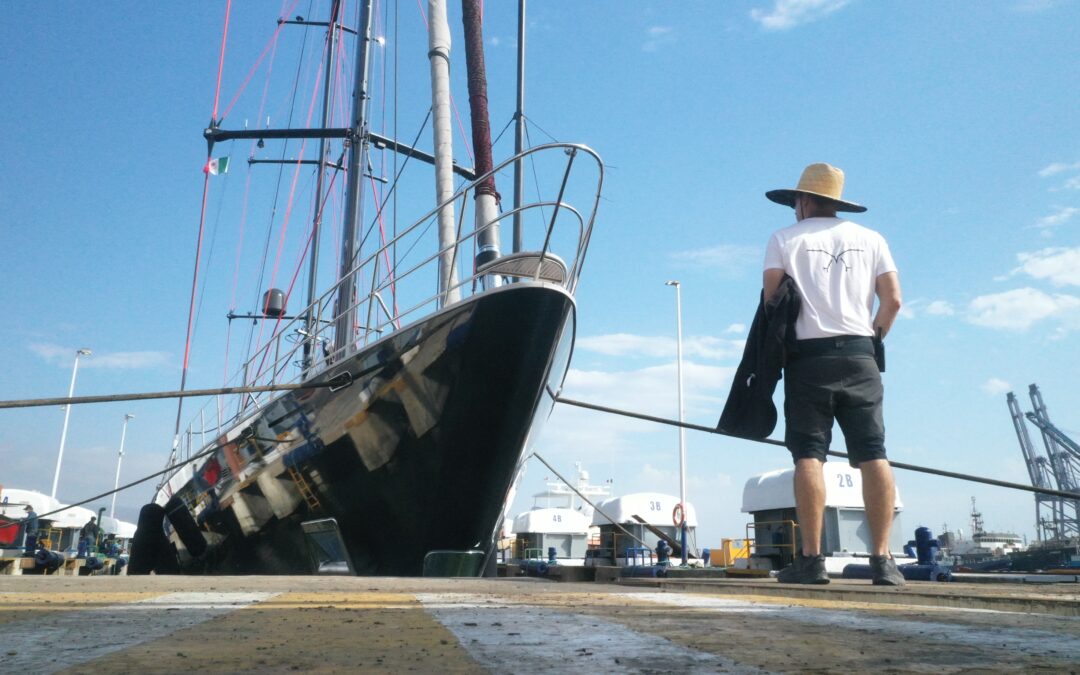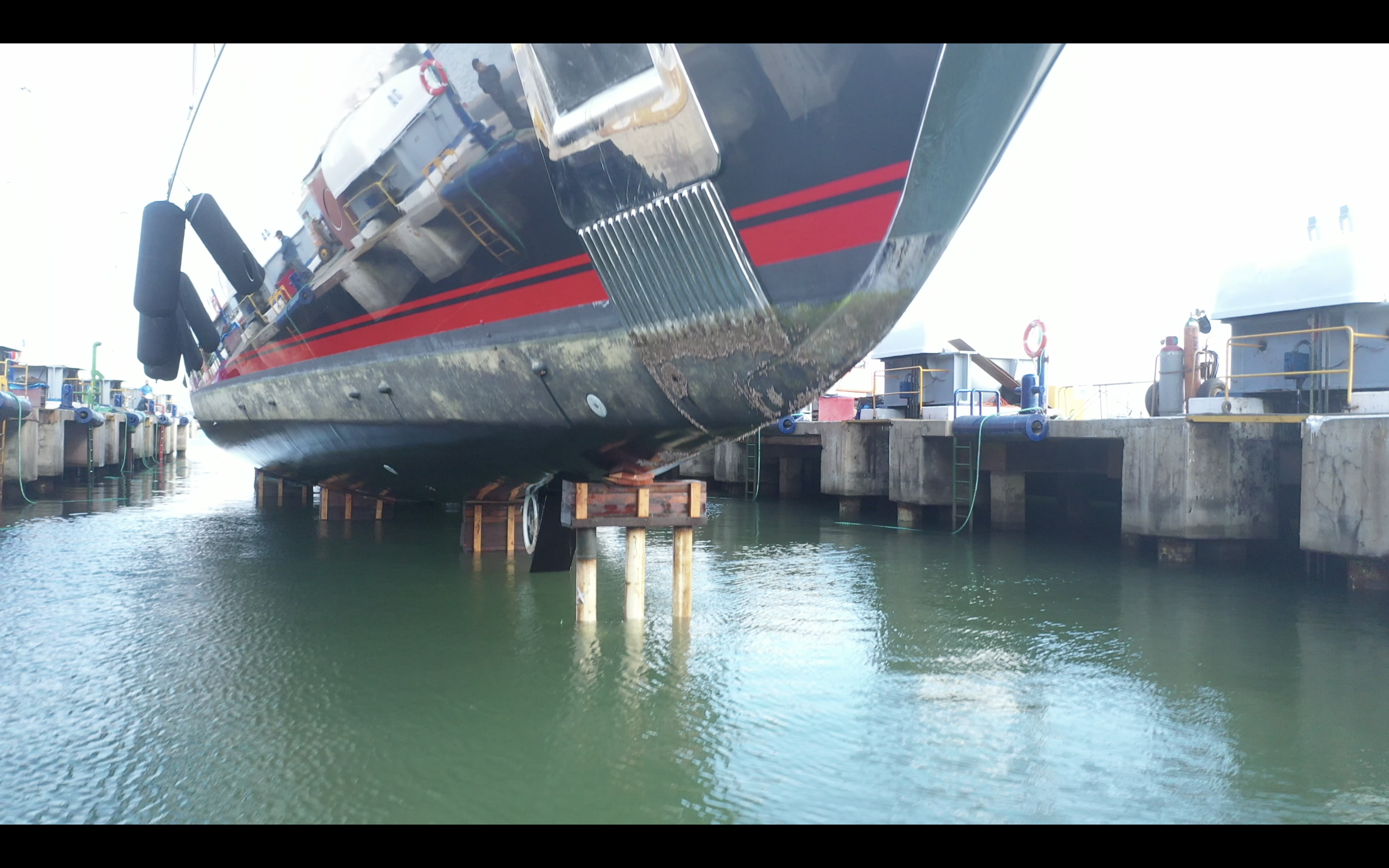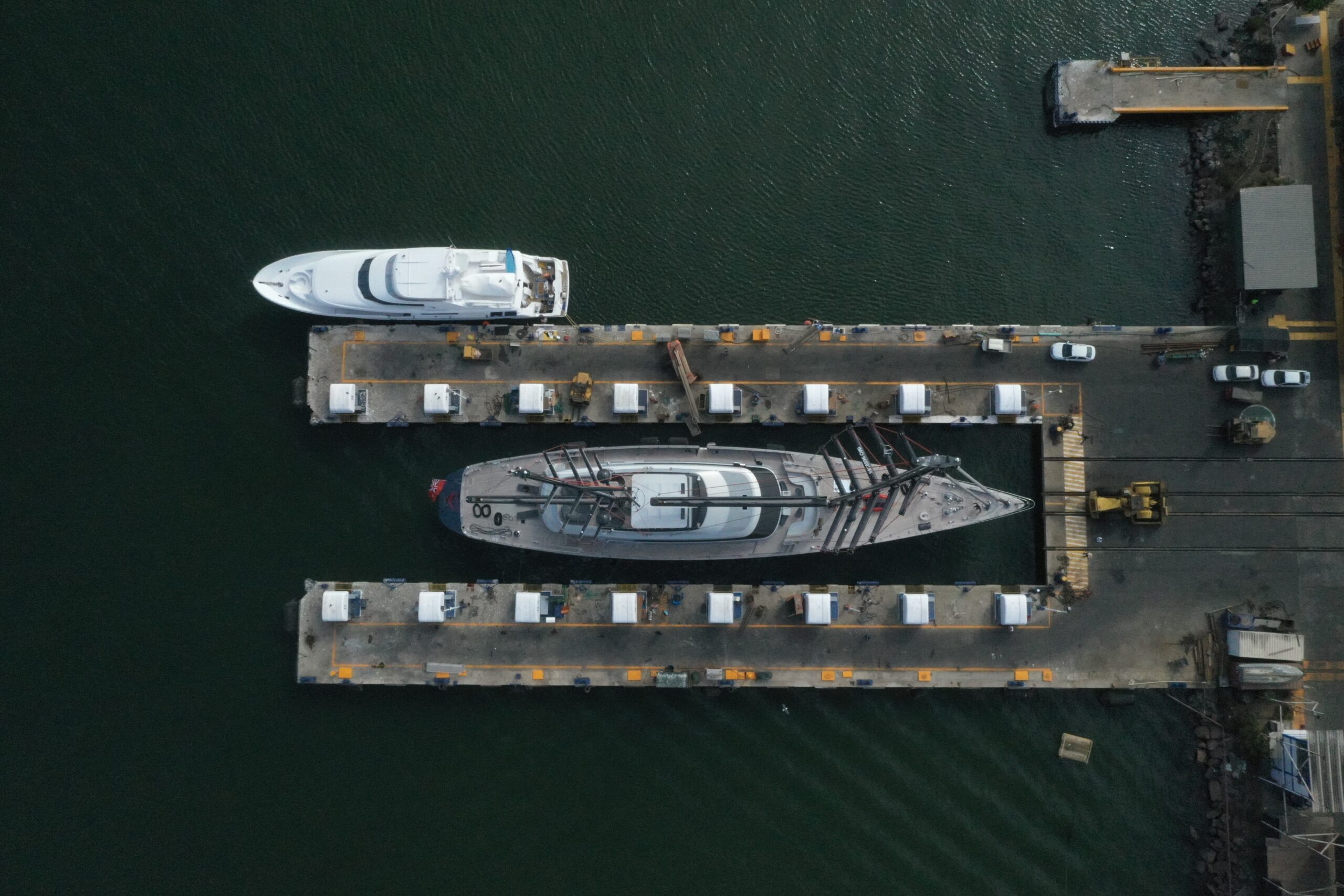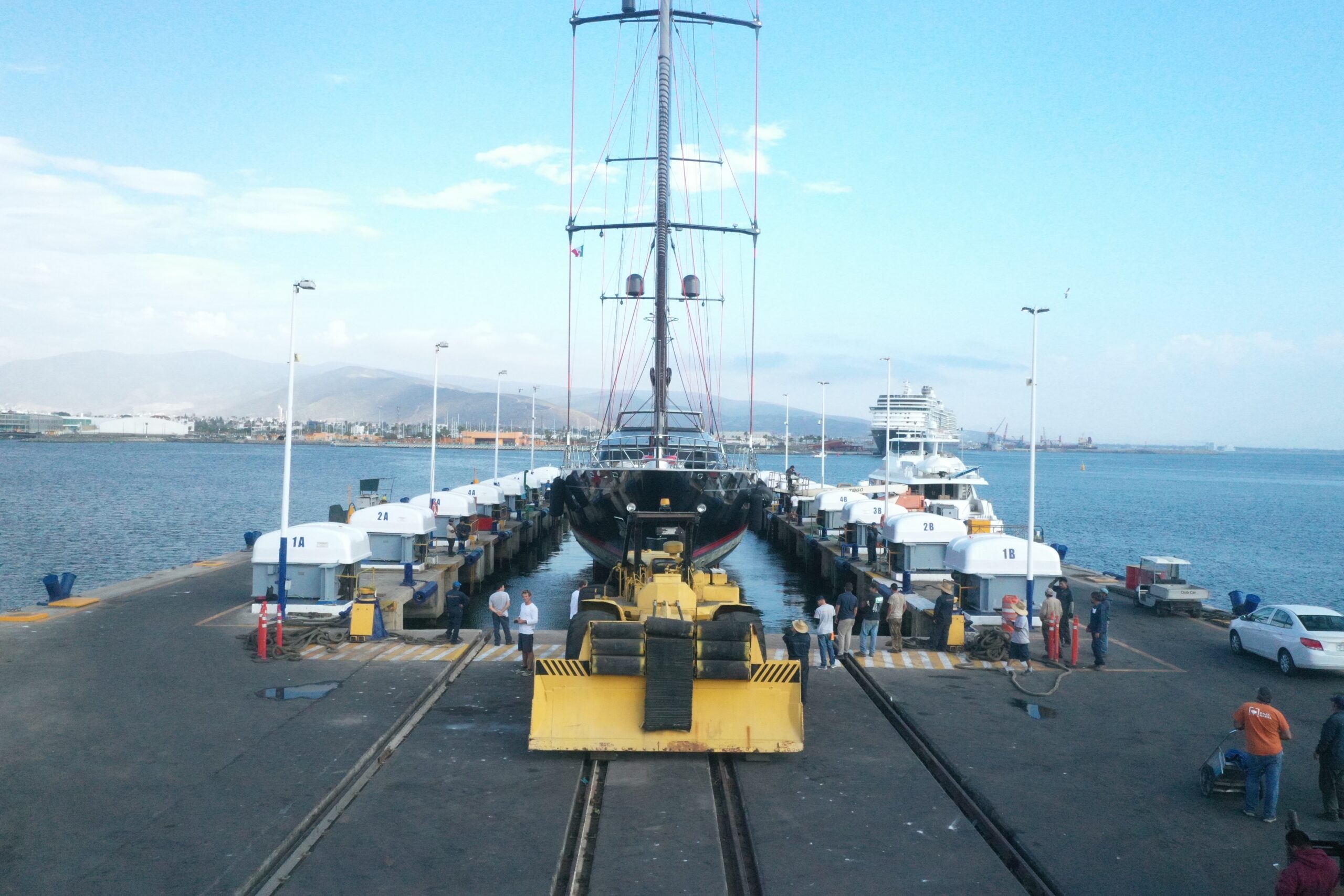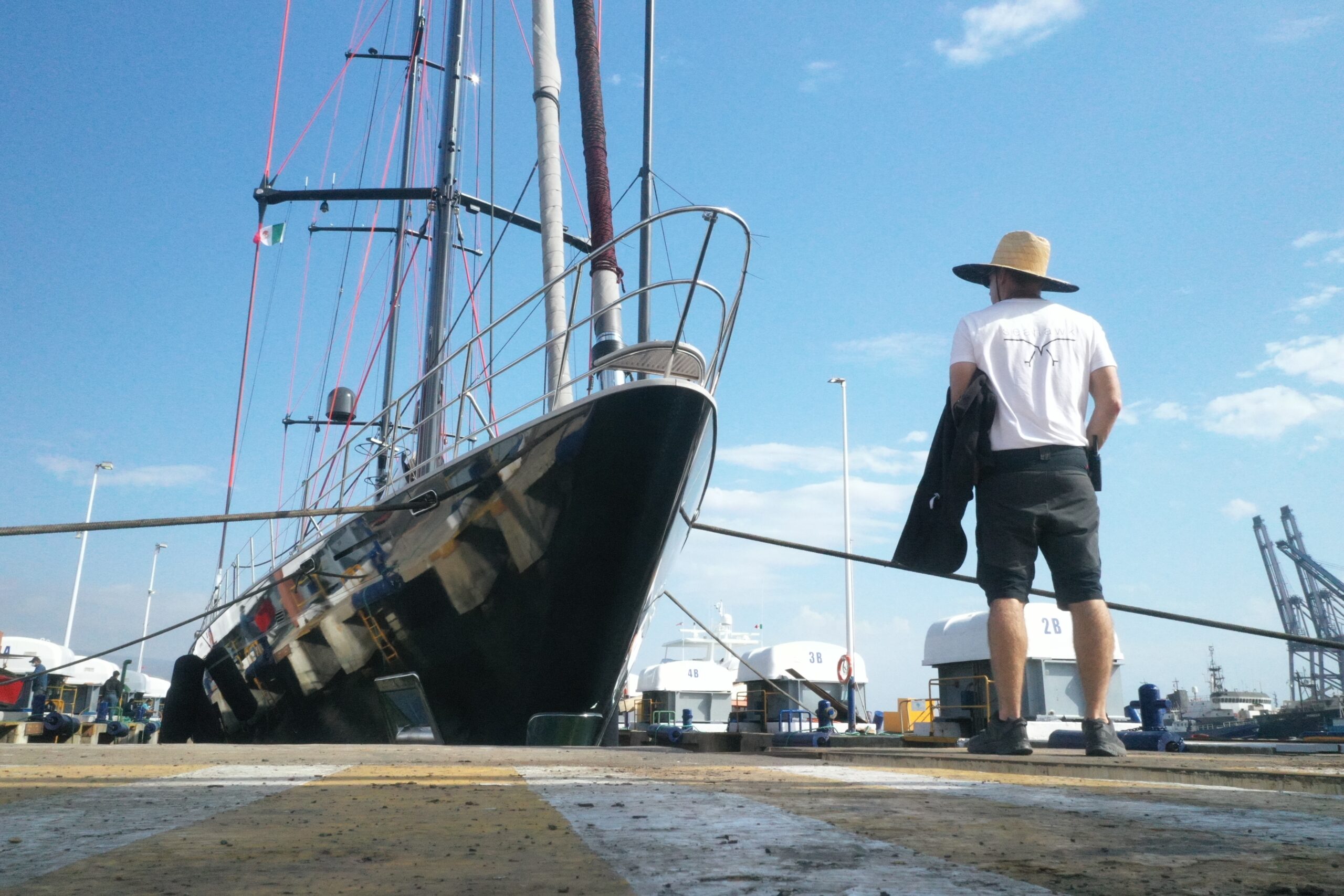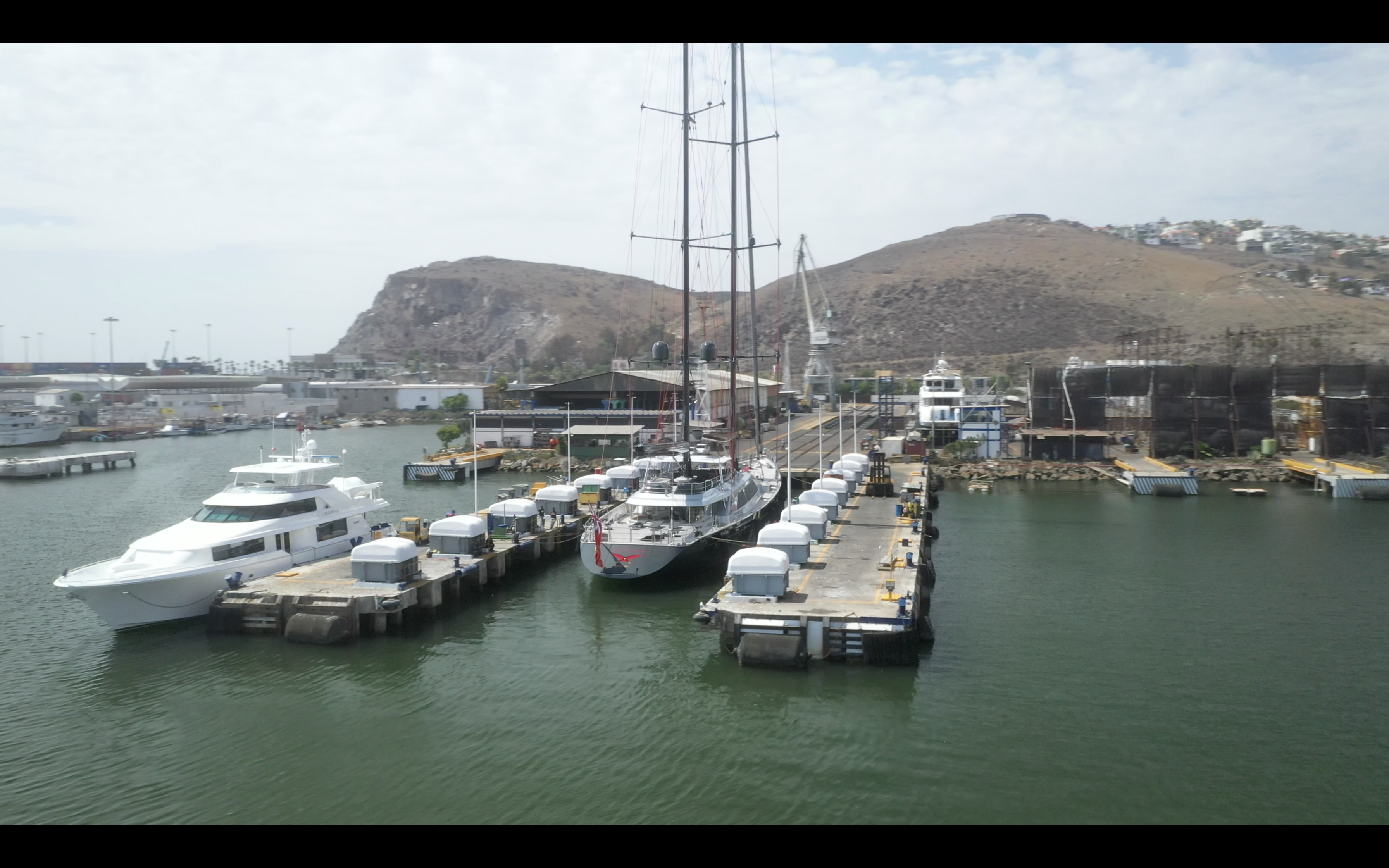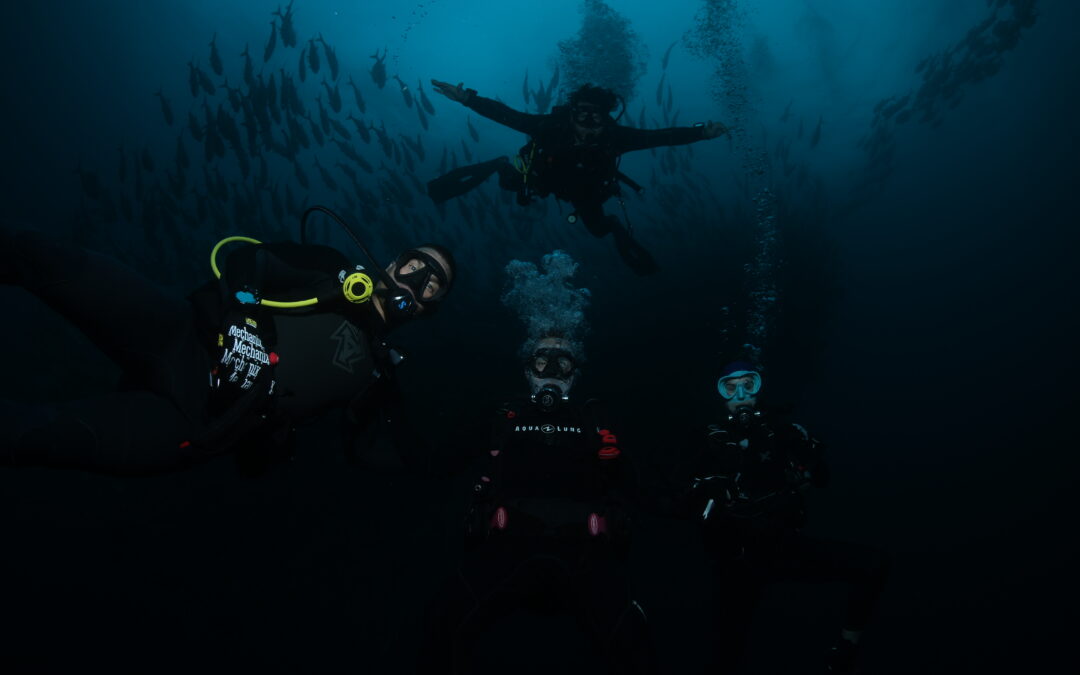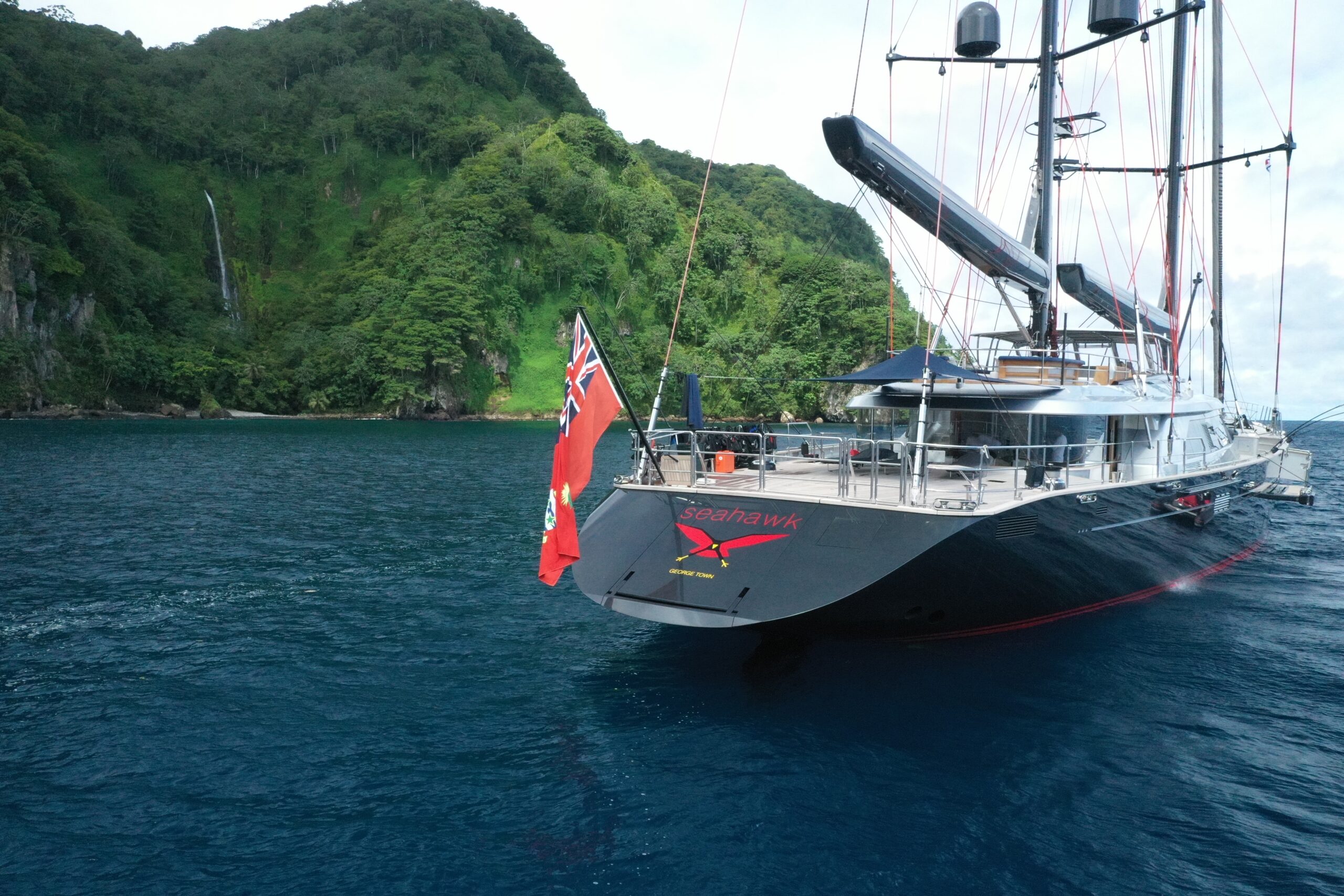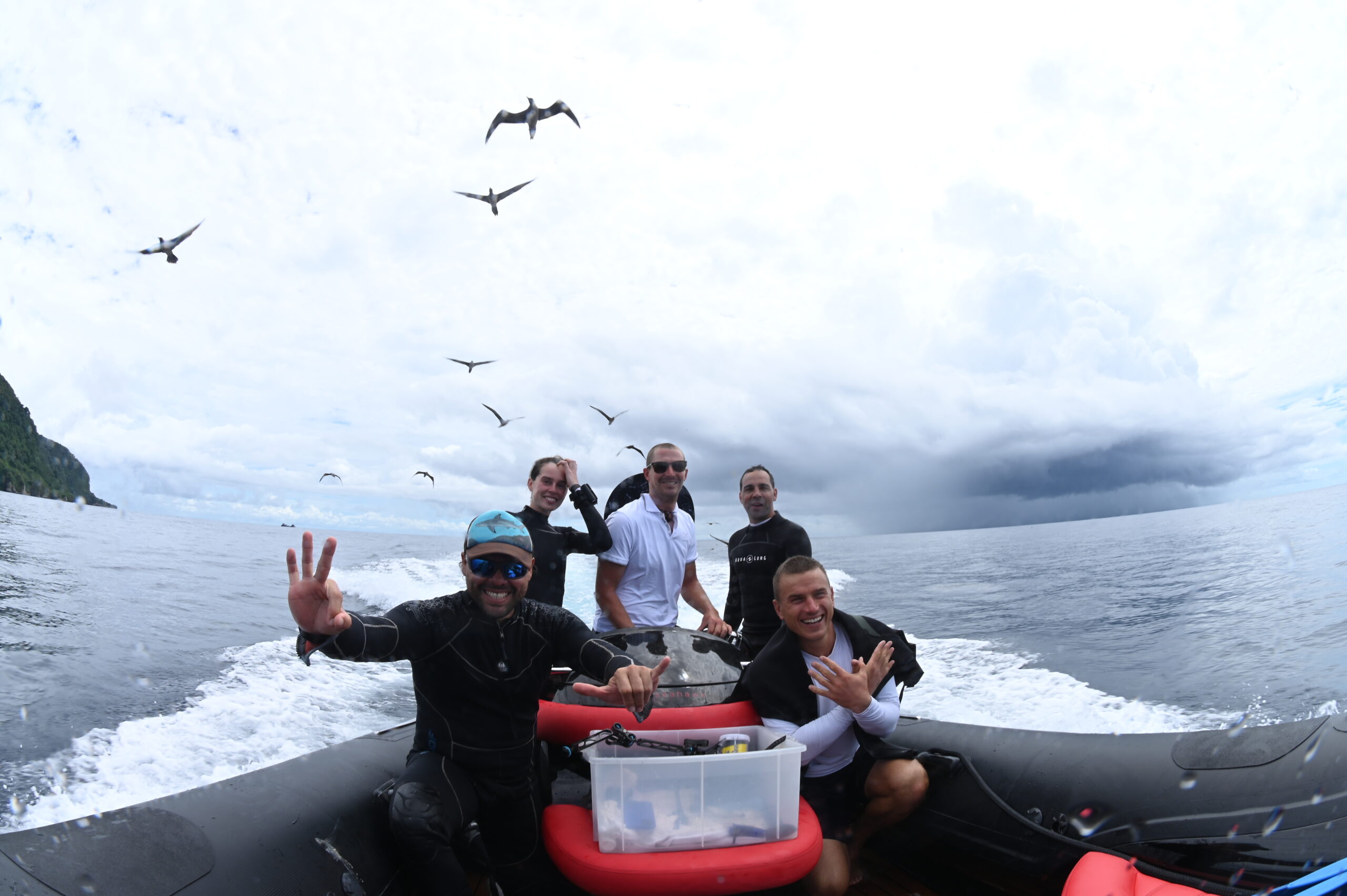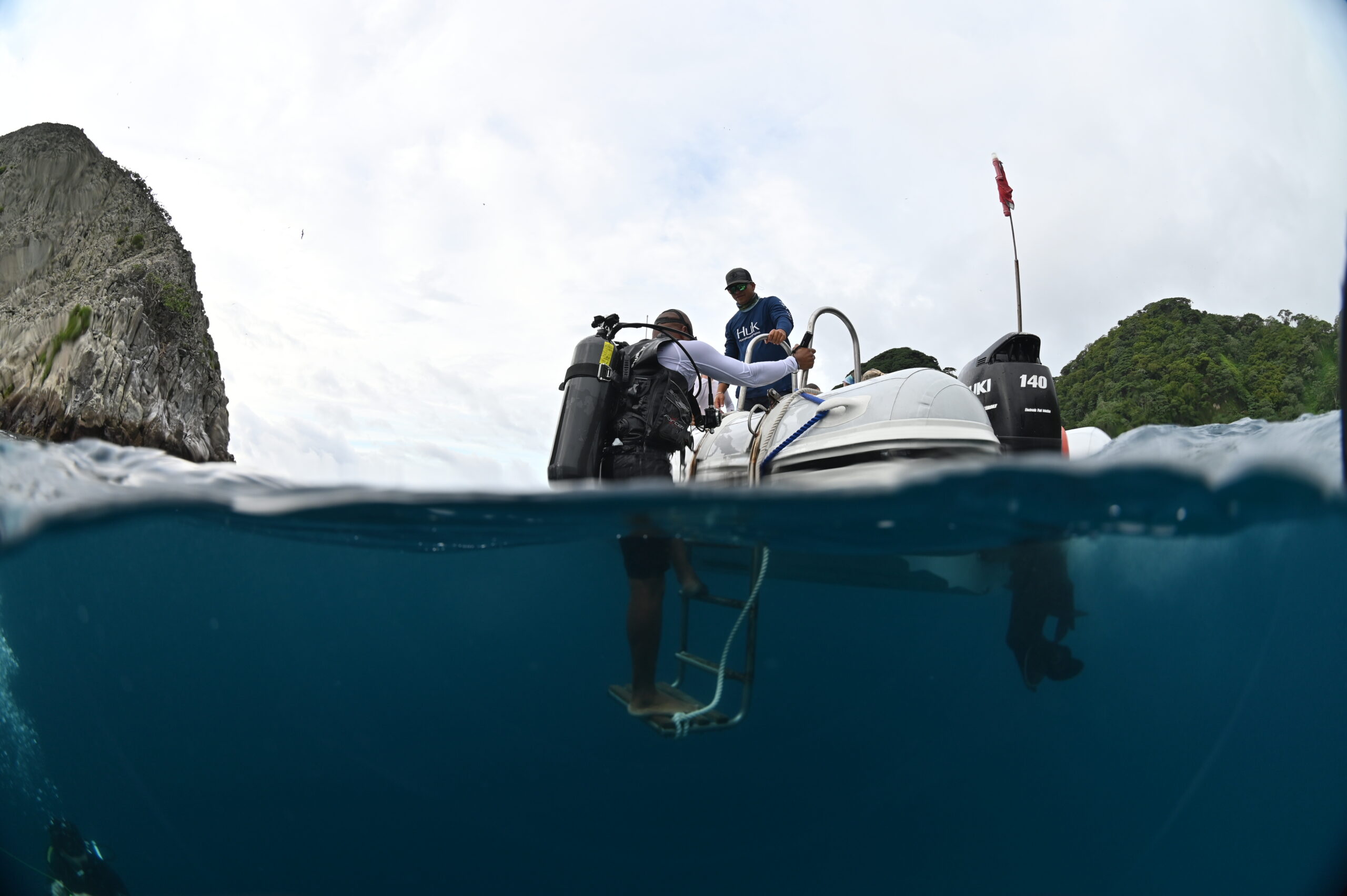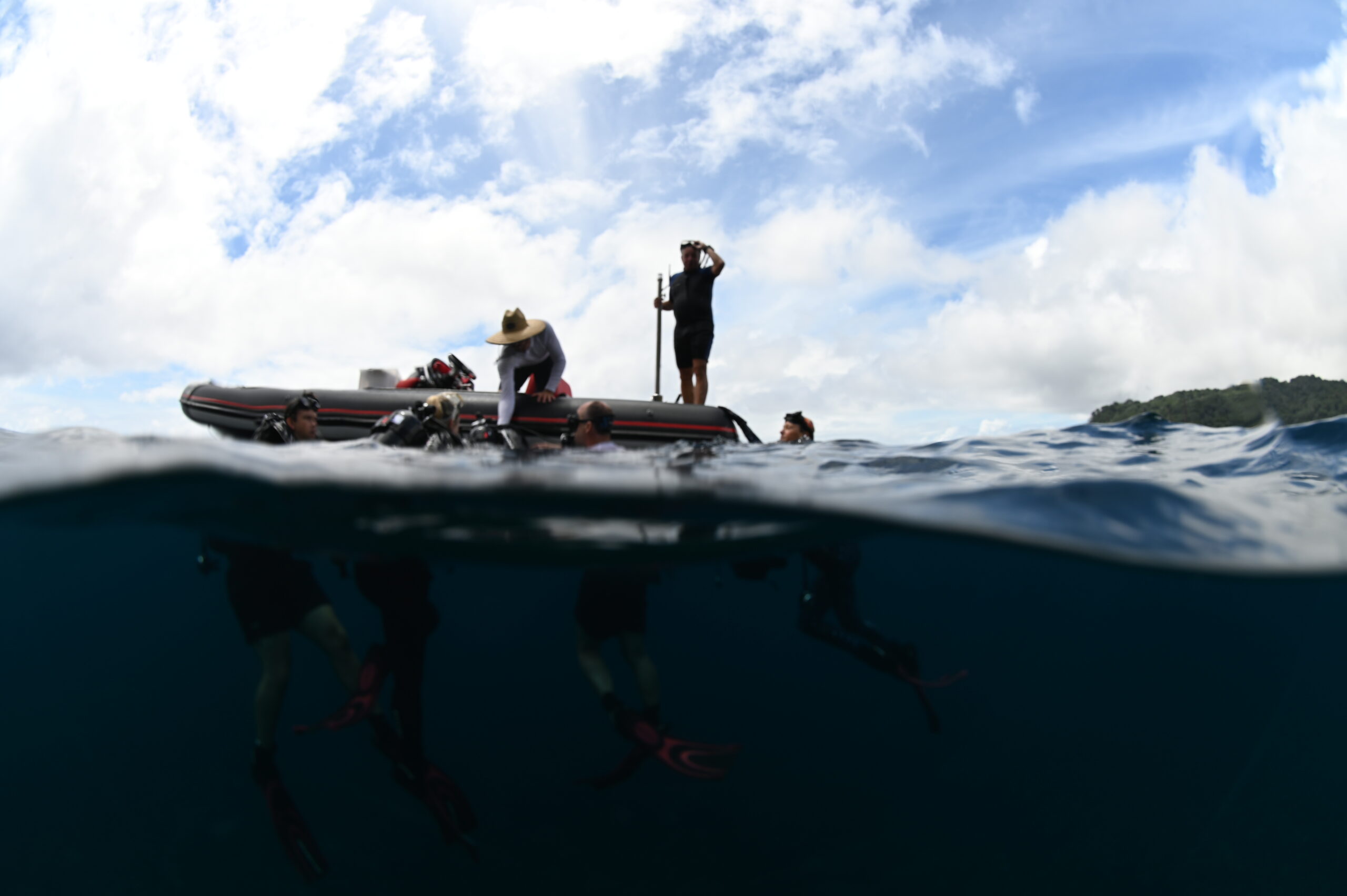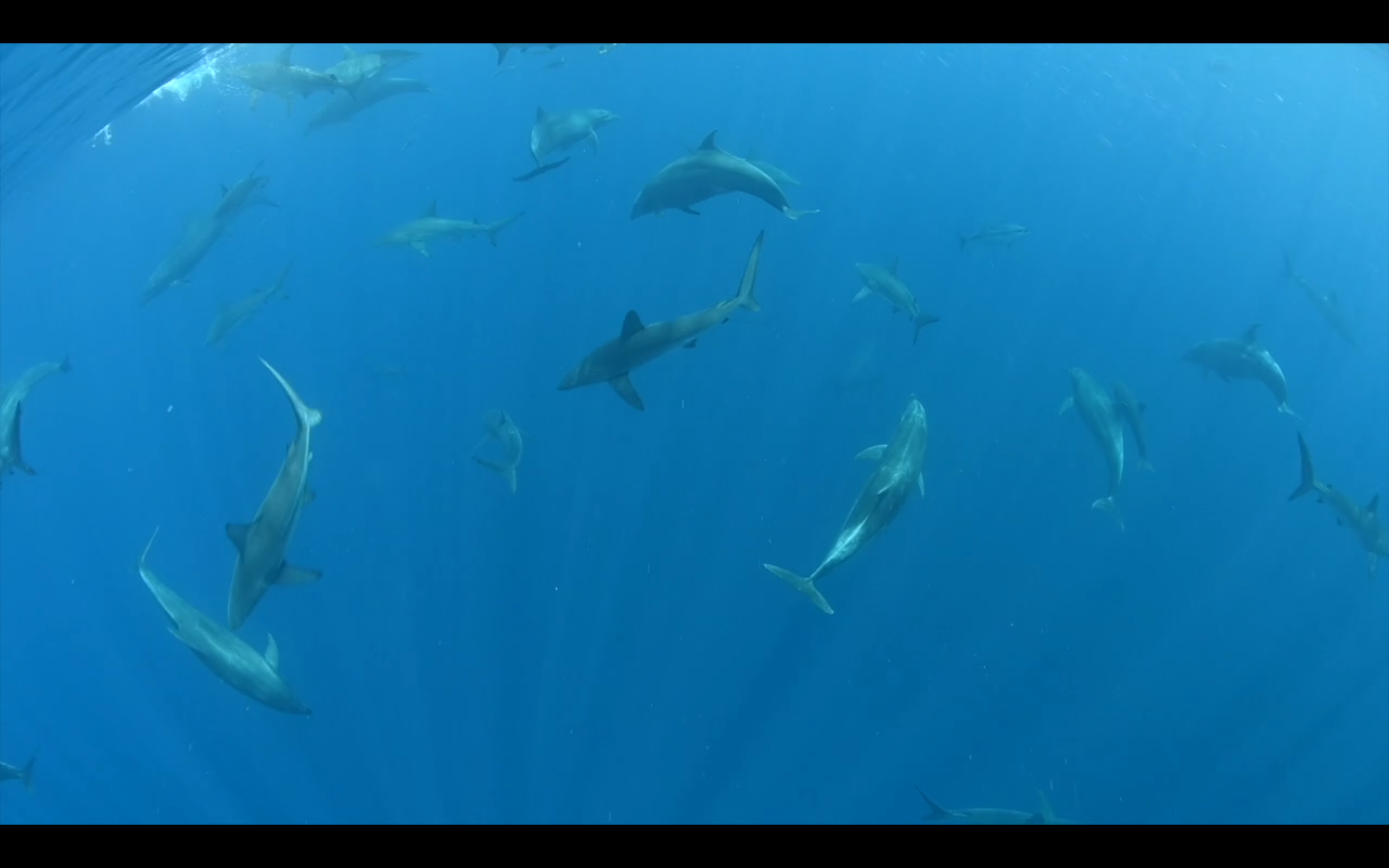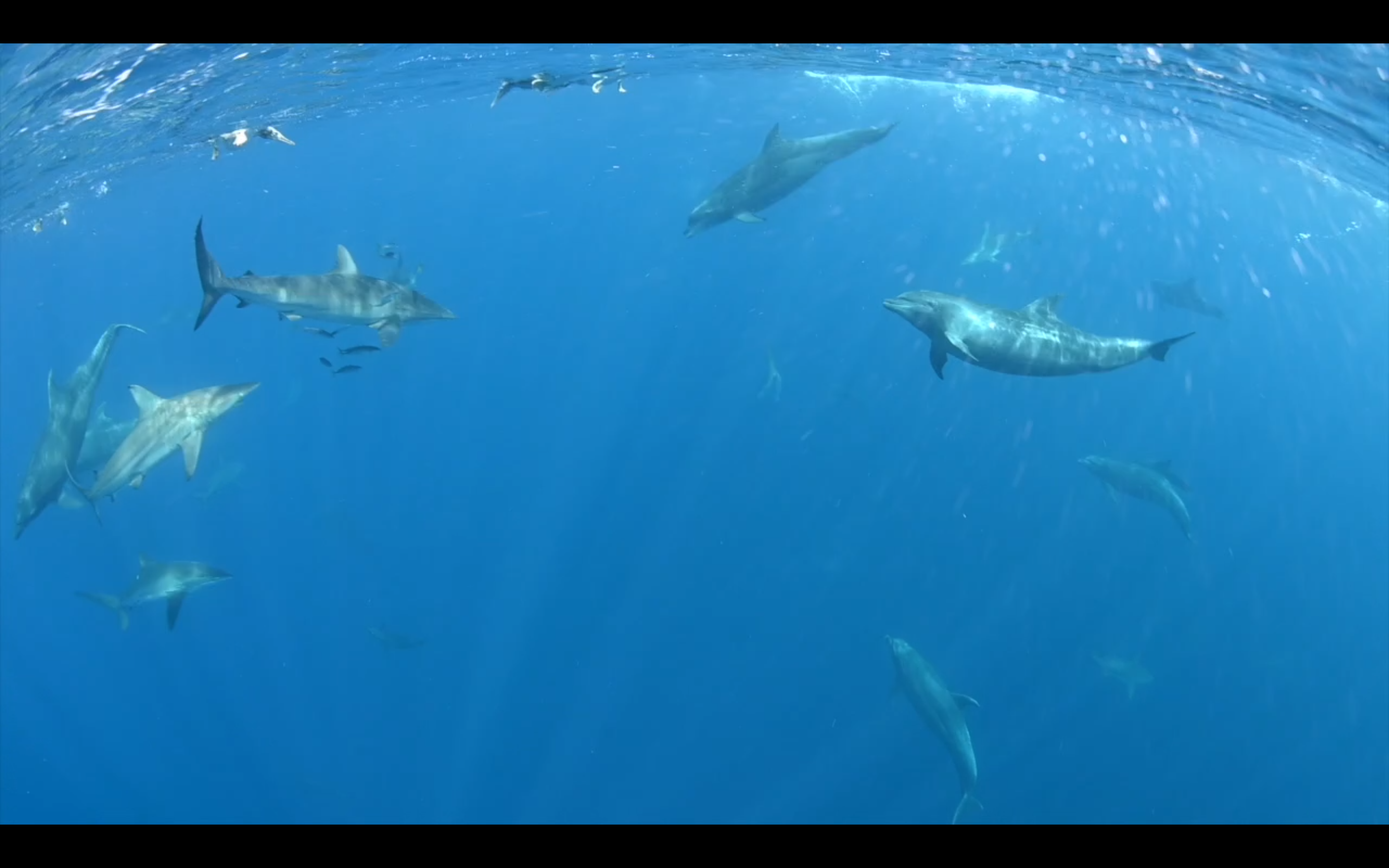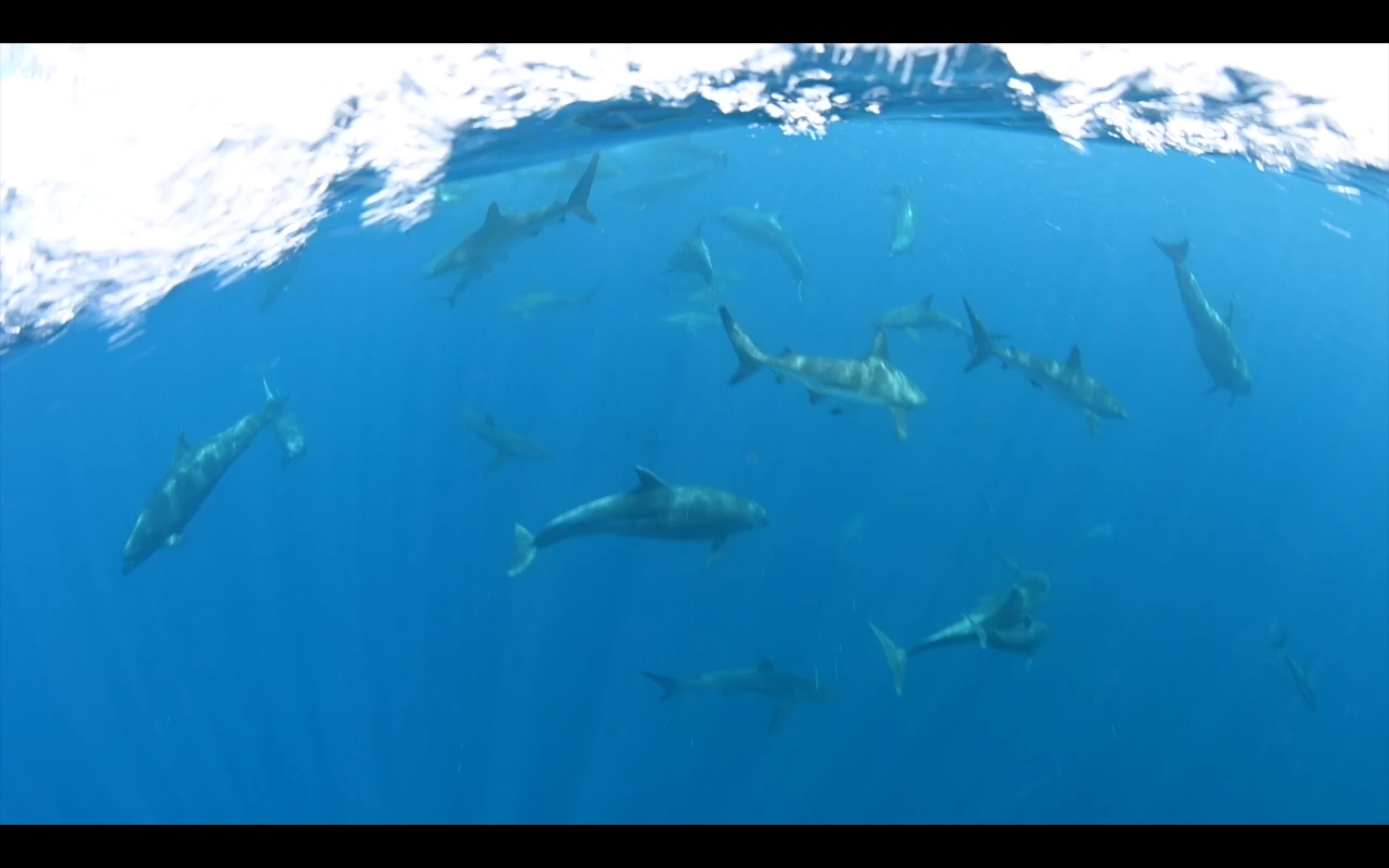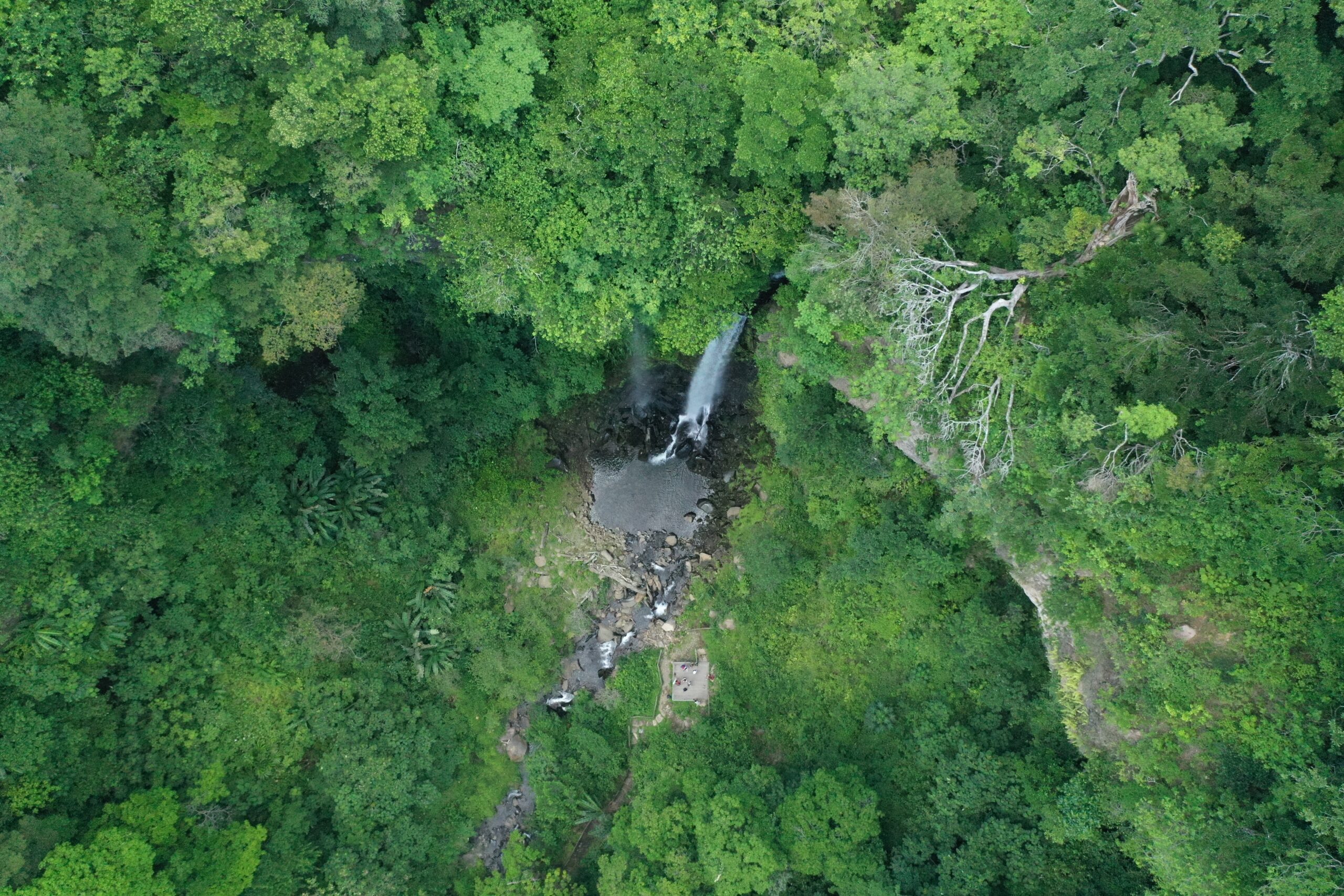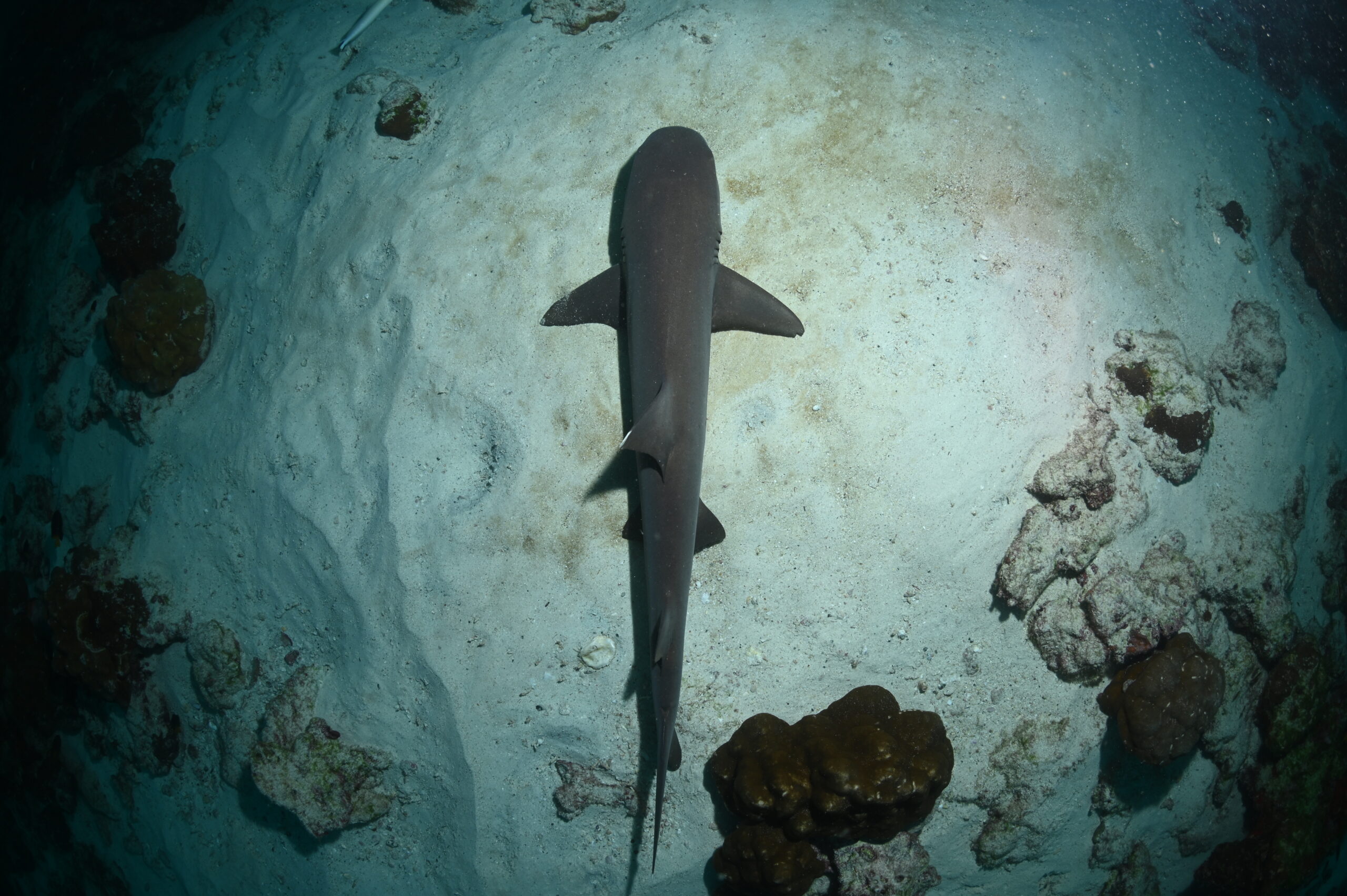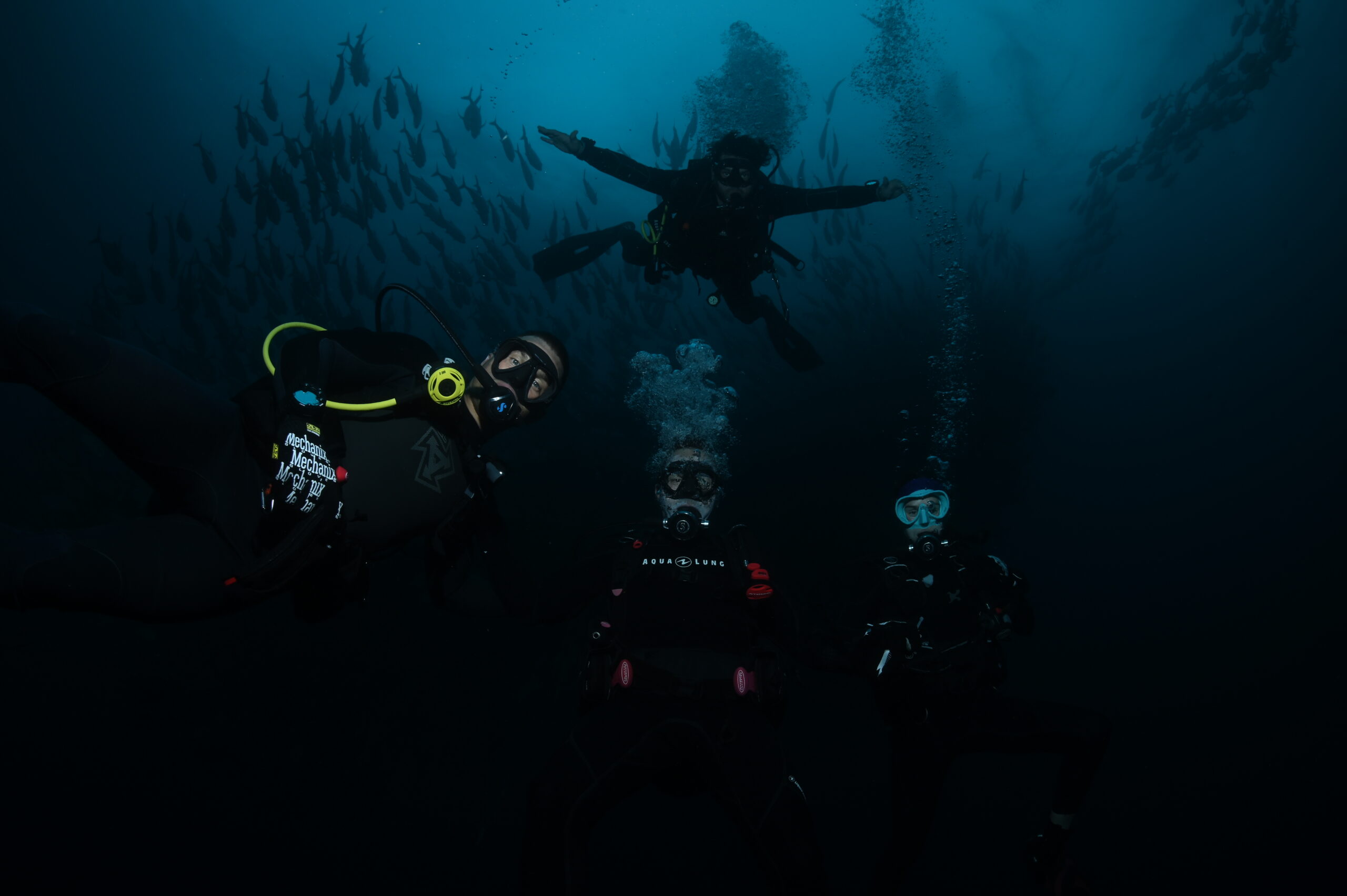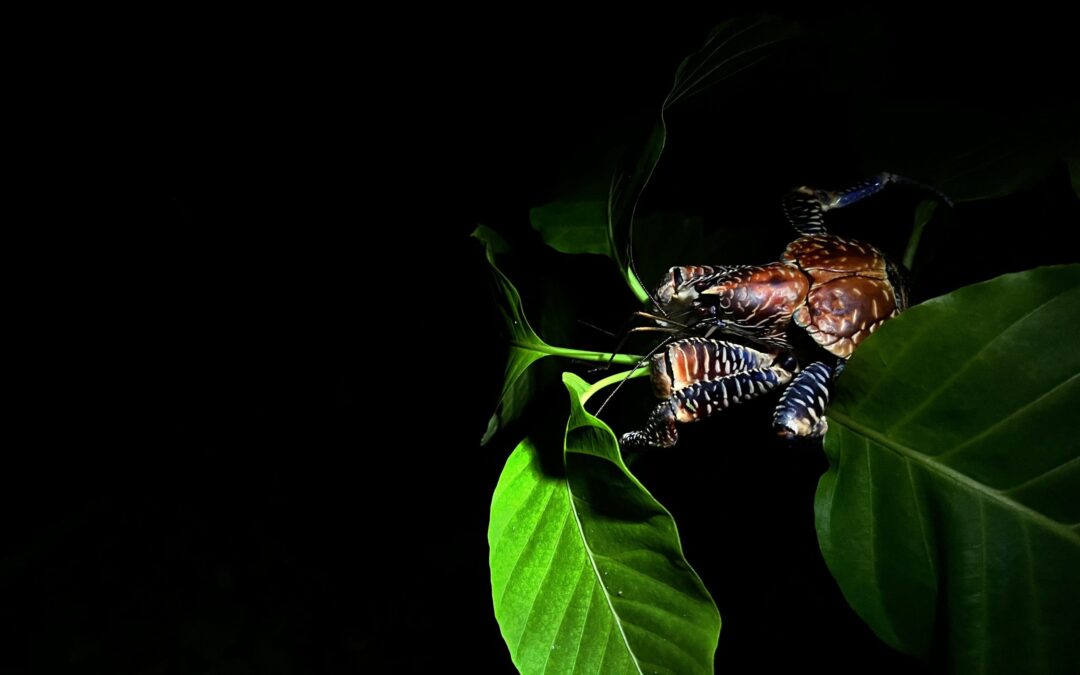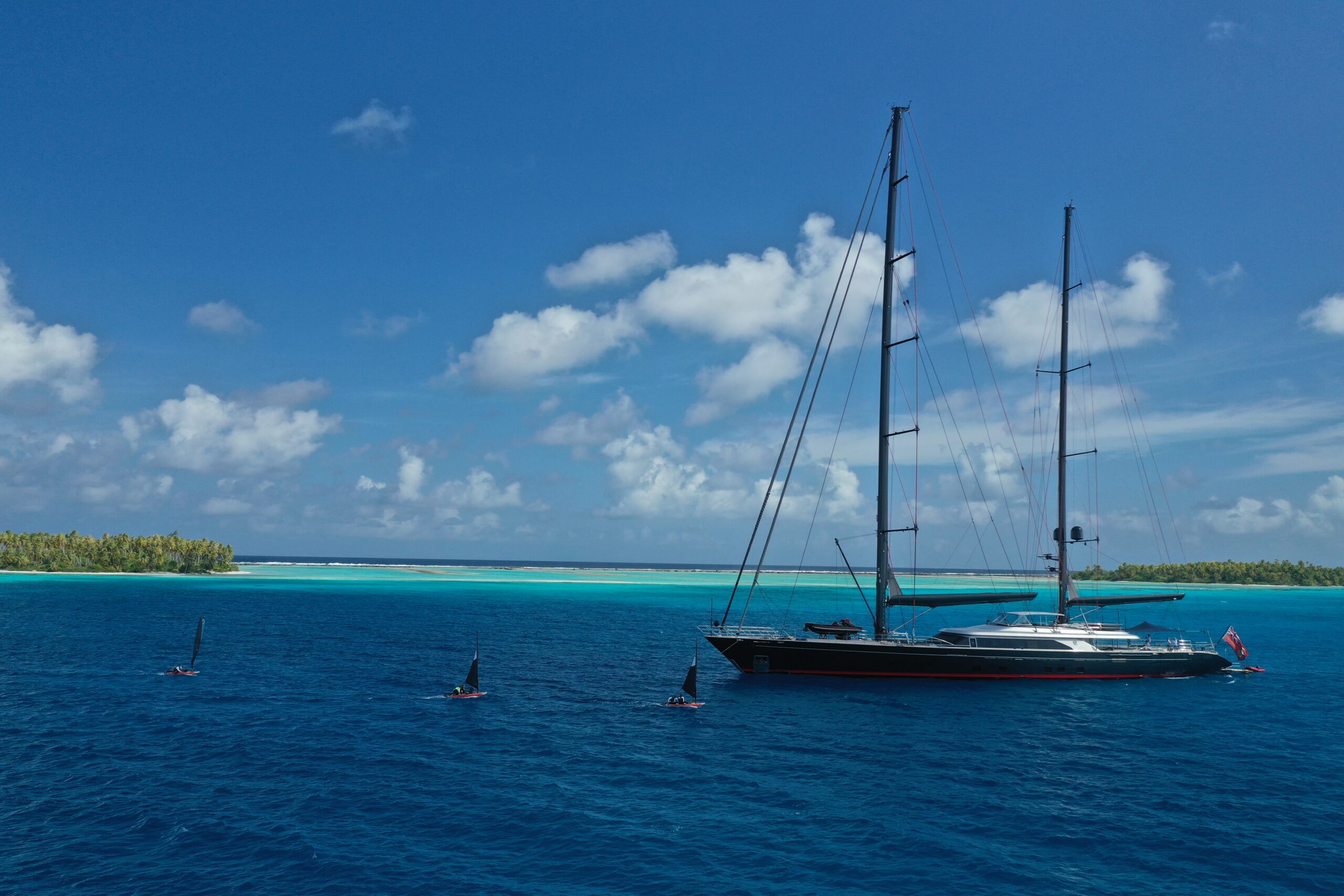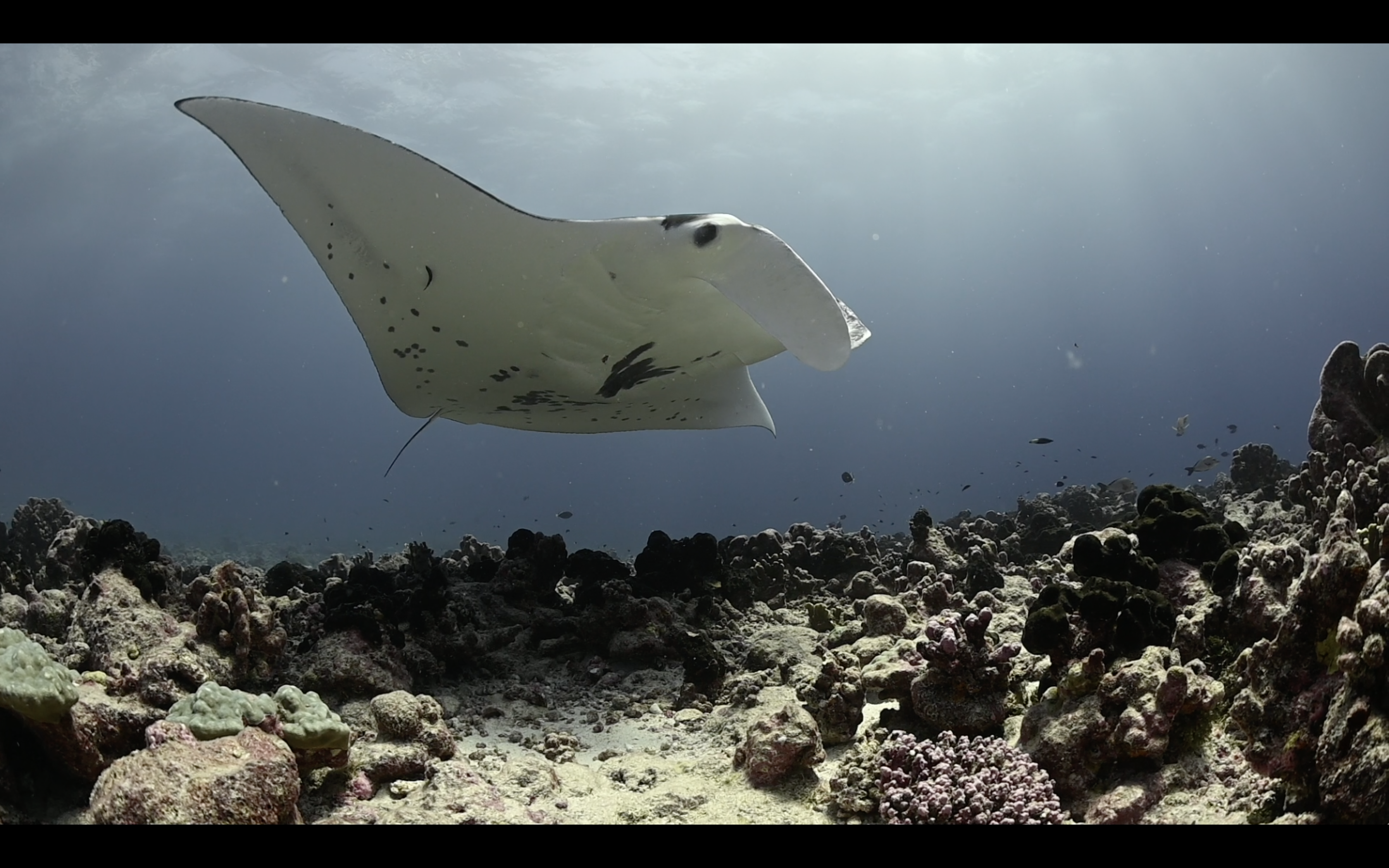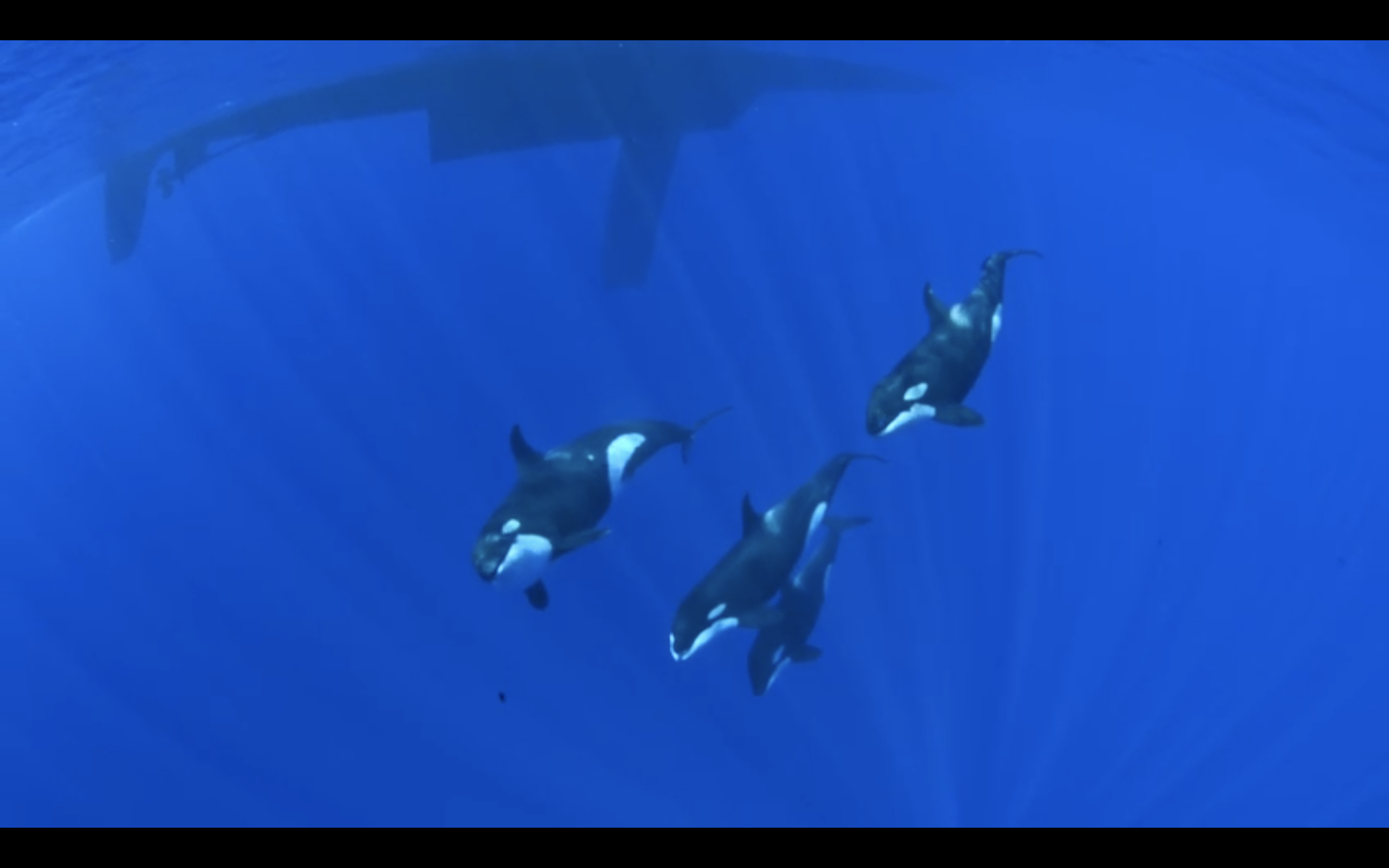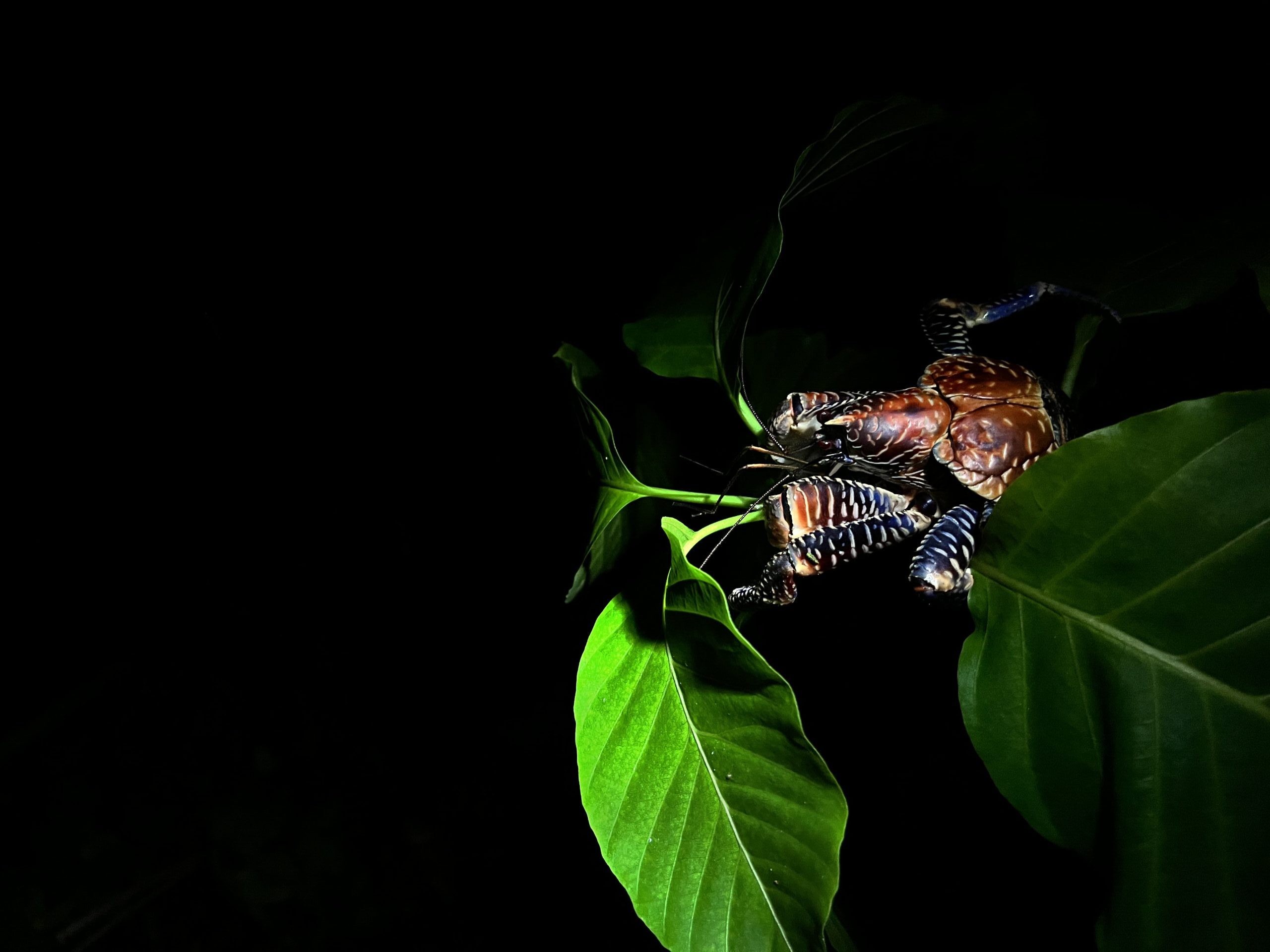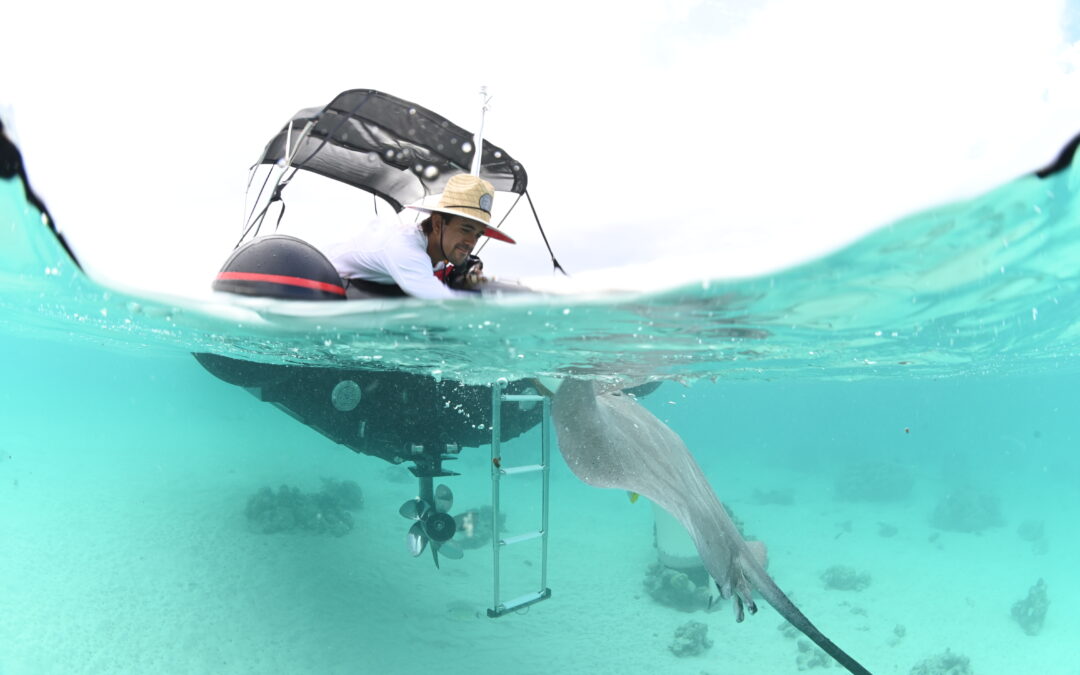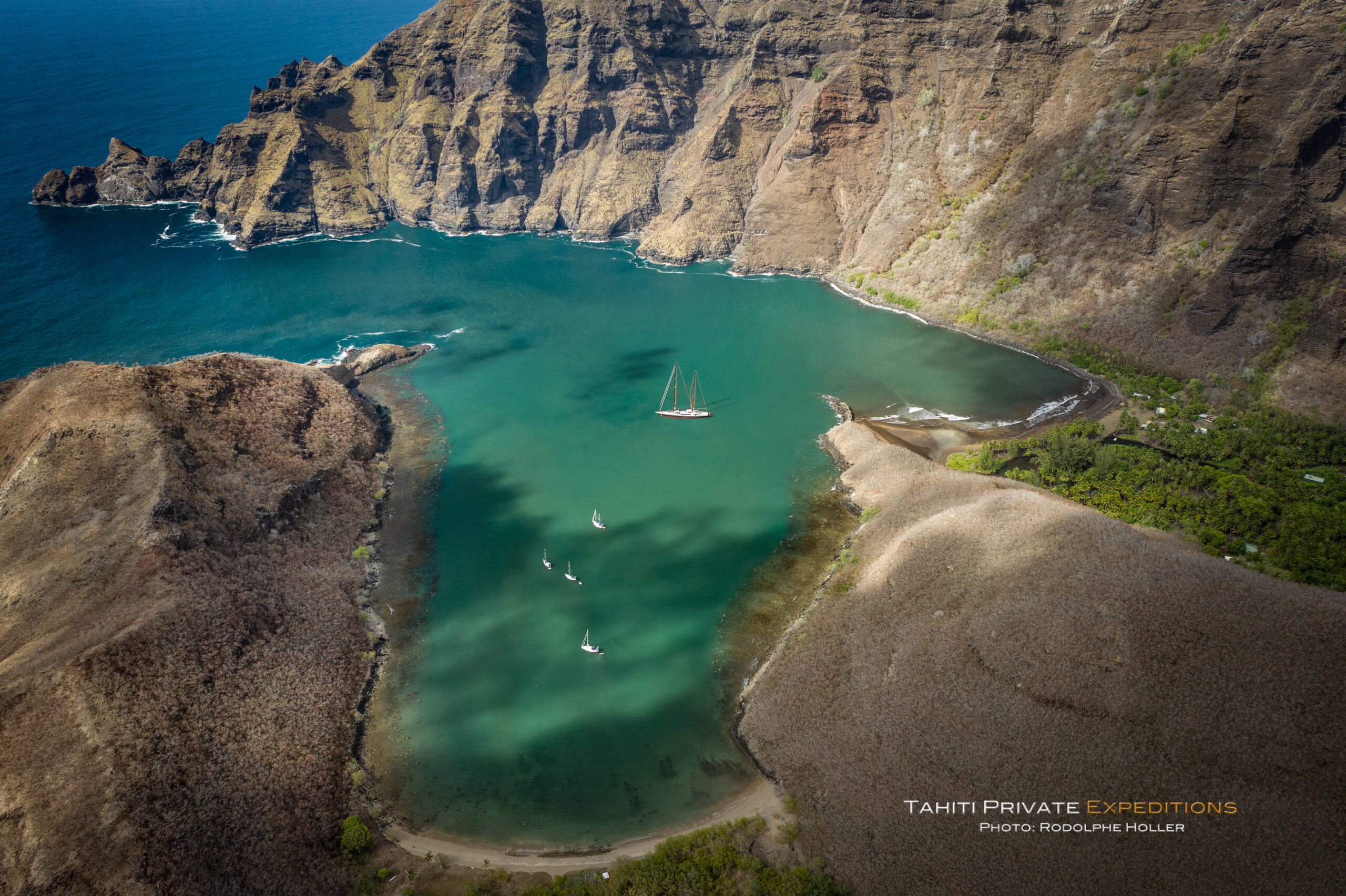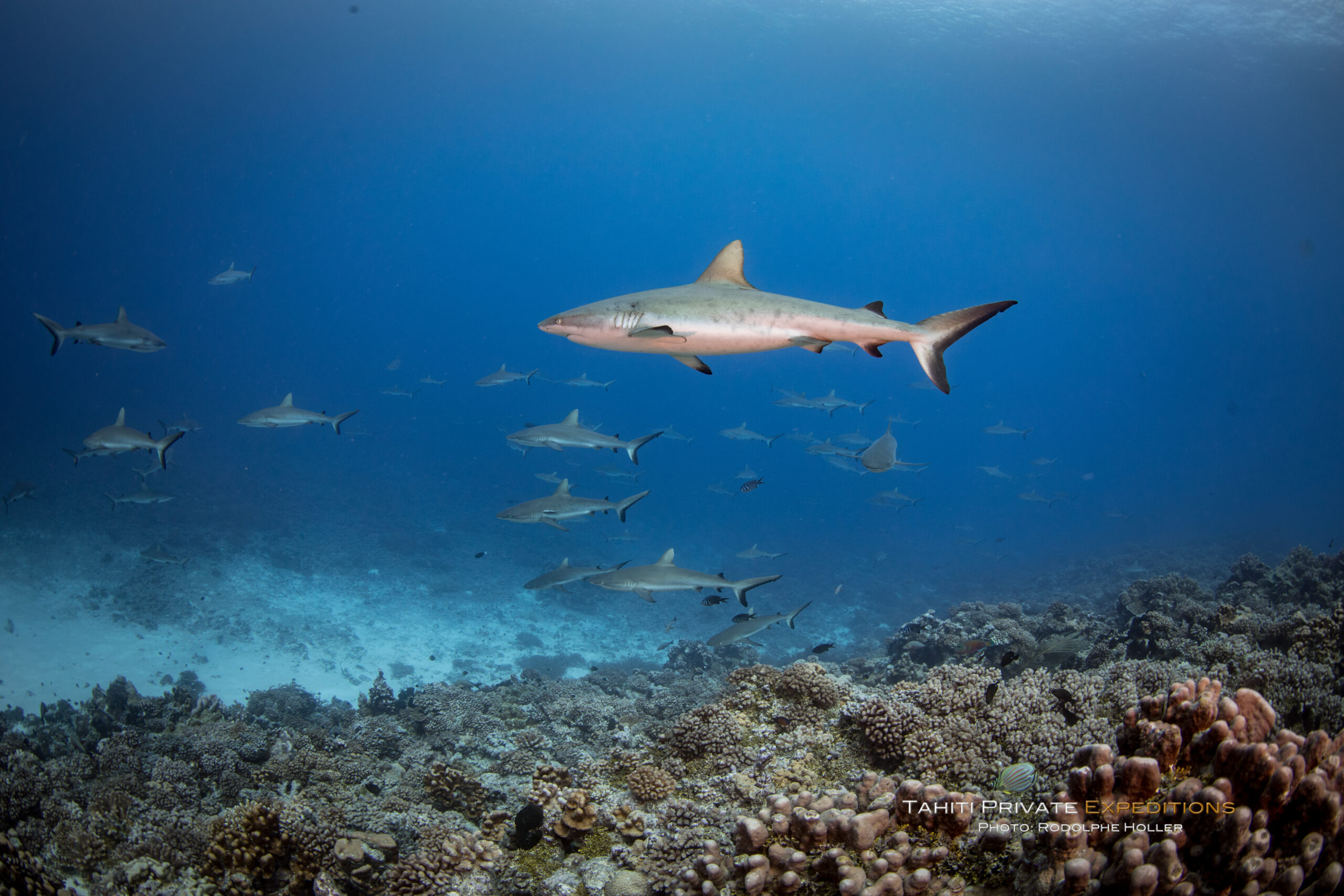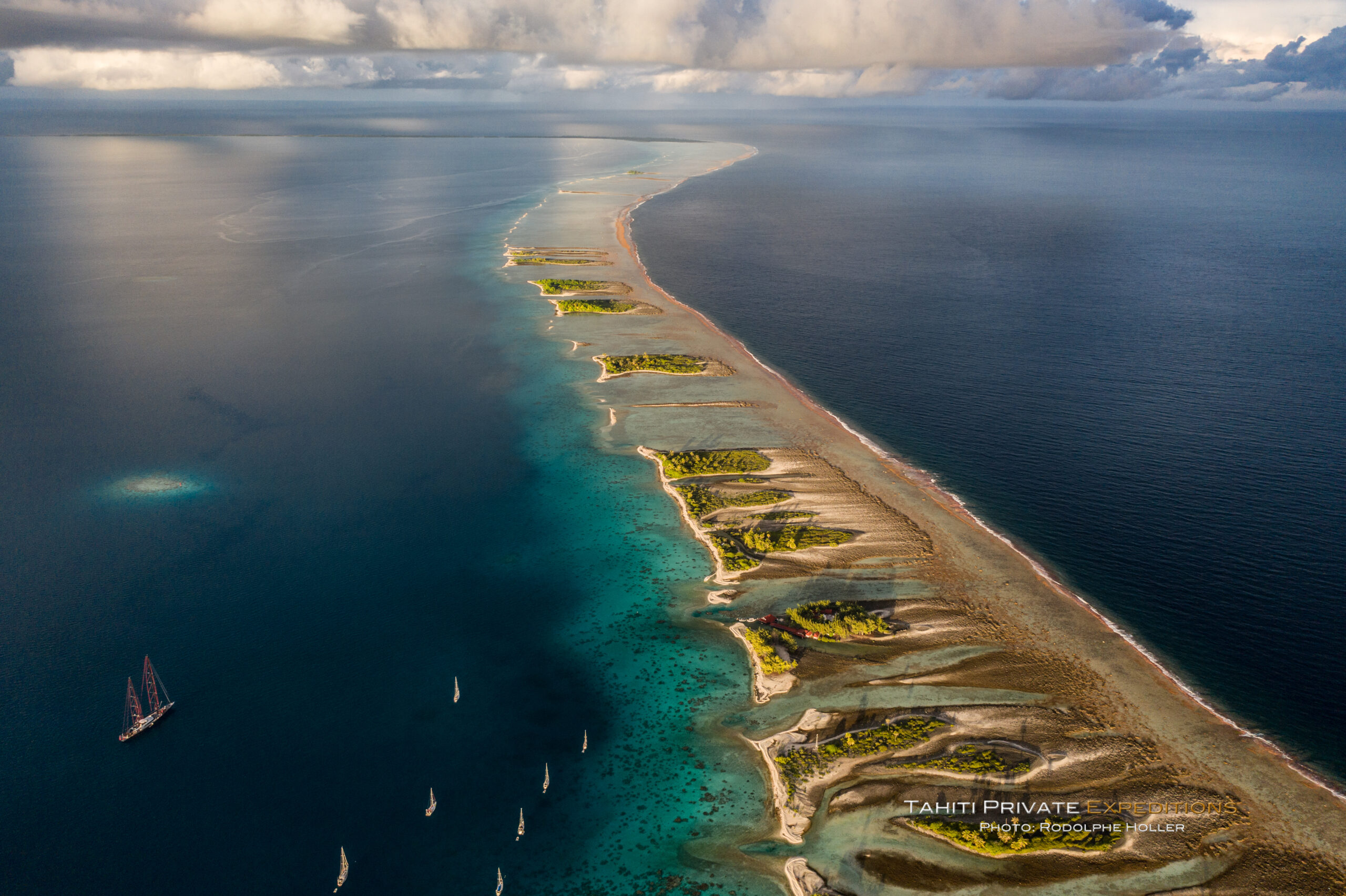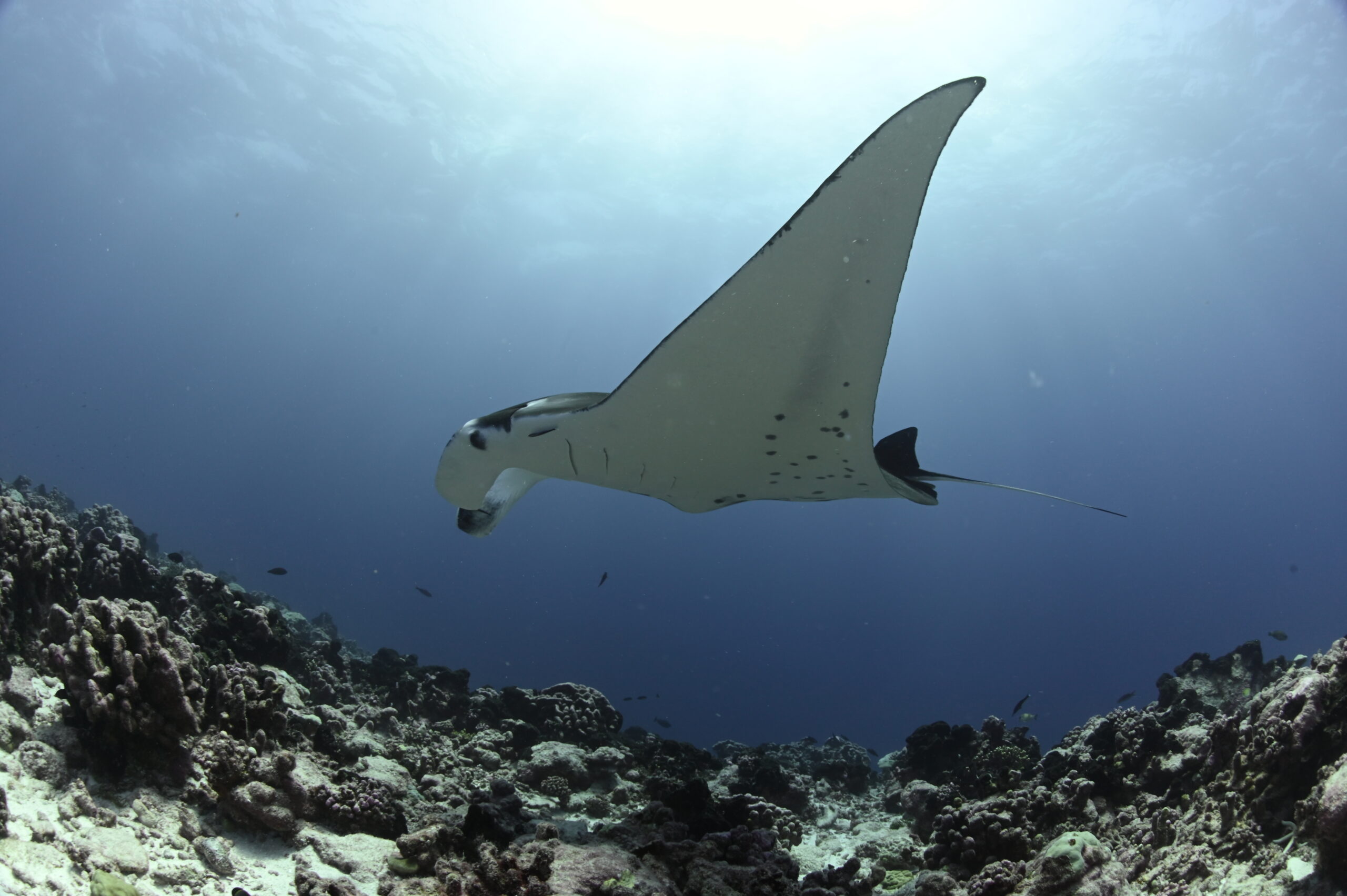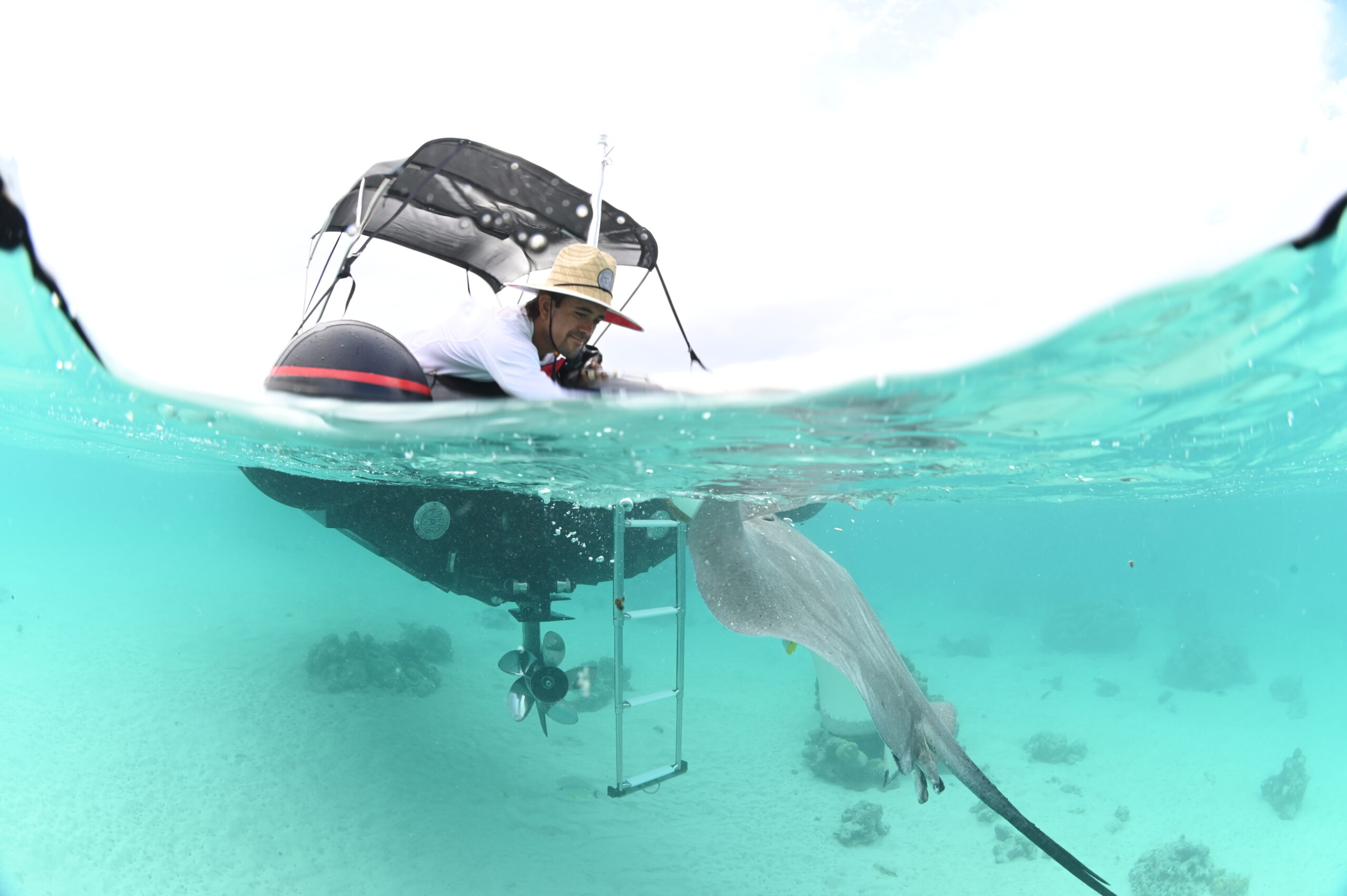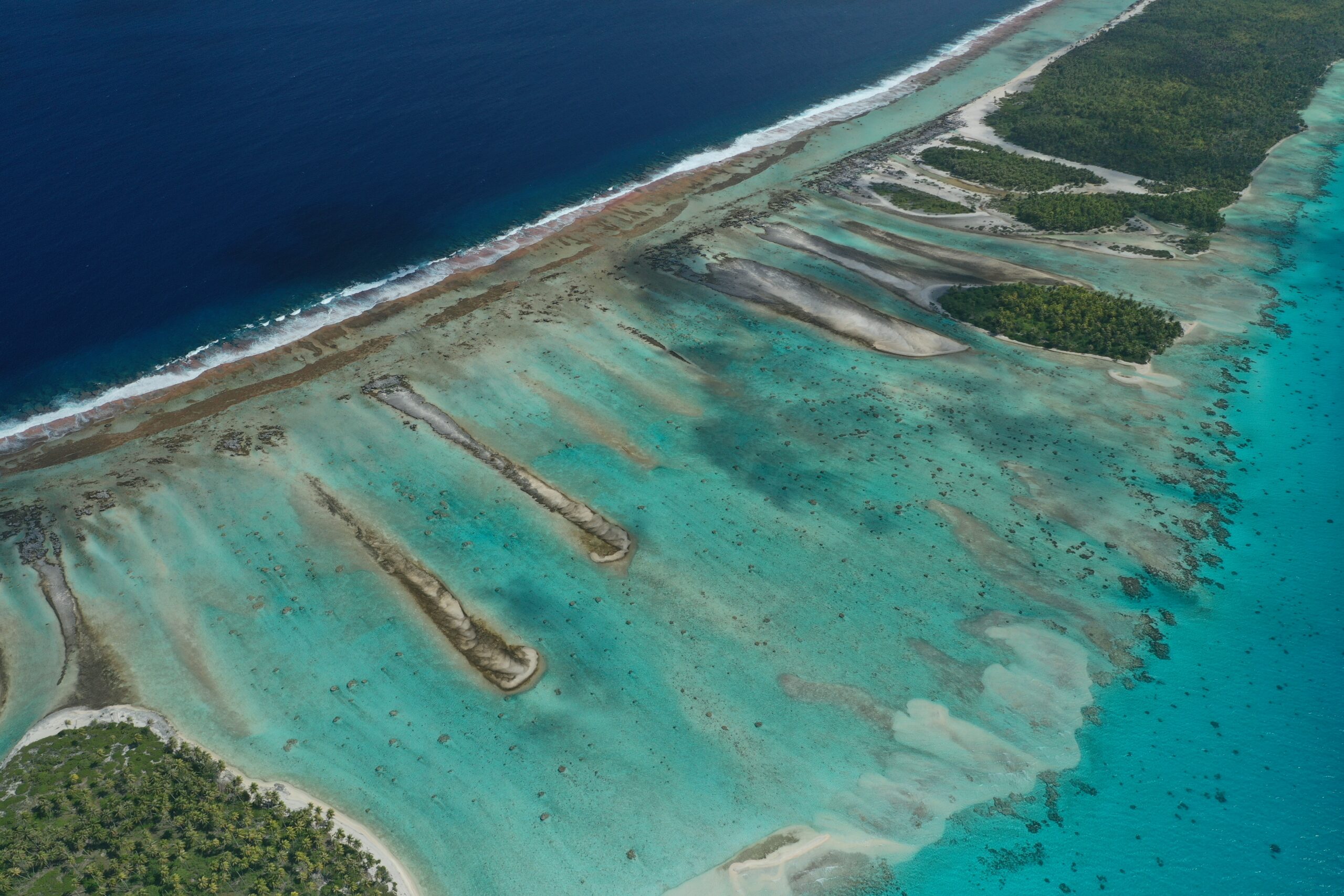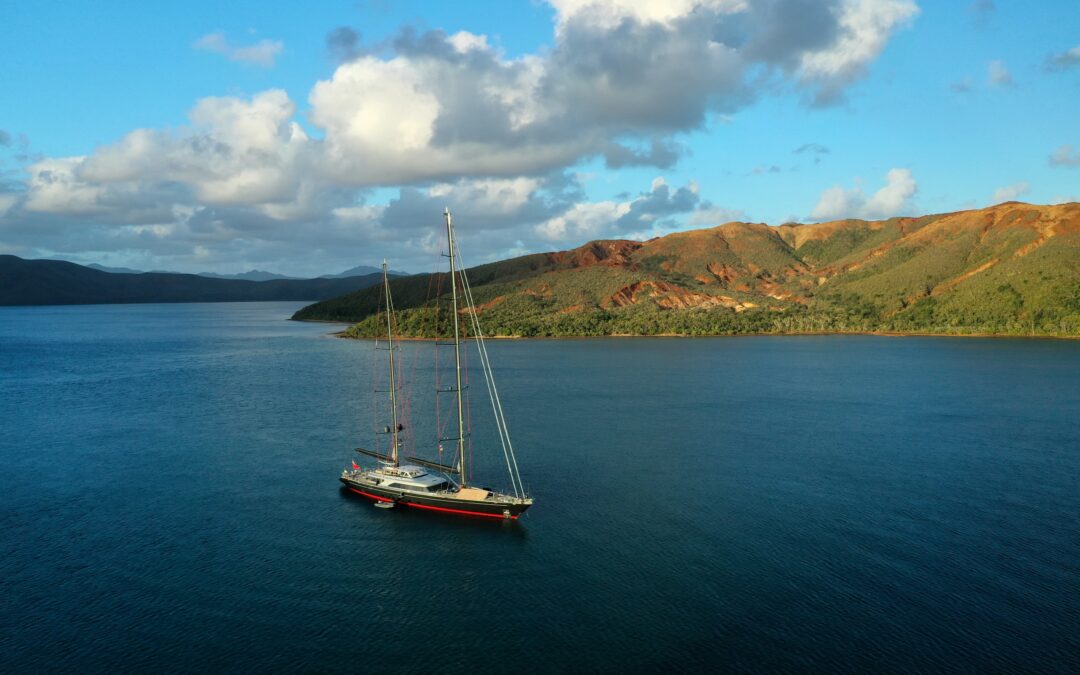
New Caledonia – Cruising Around Noumea
Seahawk left New Zealand in August 2023 after finishing the 10-month refit it went under in Auckland. It was exciting to say goodbye to the city and re-start our navigation program. It had been waiting for way too long!
Our first stop was Noumea, New Caledonia. Home to the second-largest reef system in the world after the Great Barrier Reef, New Caledonia is renowned for its rich biodiversity of fish and coral structures, and it hosts some of the healthiest reefs in the world.
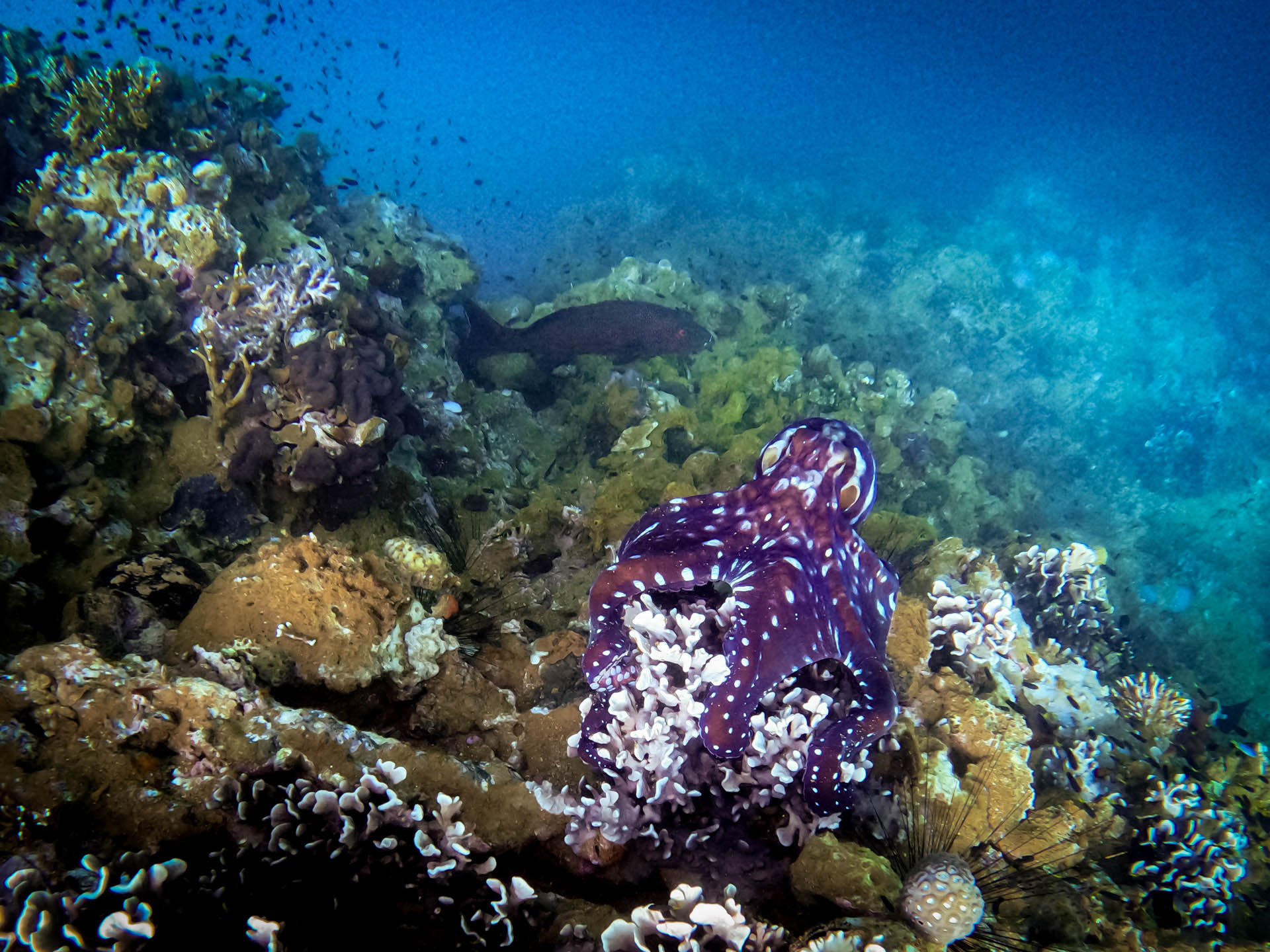
The first trip of the year would take around two months and it would be a circumnavigation of the country, in search of pristine coral reefs and new landscapes. Seahawk was also going to take part in a new science mission organised by YachtAid Global to support researchers in their study of migration patterns of manta rays and leopard sharks in certain parts of New Caledonia. As the regional marine wildlife faces environmental threats from mining, commercial fishing and climate change, further research and conservation is necessary to protect this unique part of the world.
But as so many know, when it comes to boats, plans often change quickly and one must adapt to new circumstances. A combination of some mechanical, weather and personnel issues arose during our cruise, which required us to restrict our trip and head back to Auckland. This advanced our schedule for finishing some necessary warranty work before heading further north.
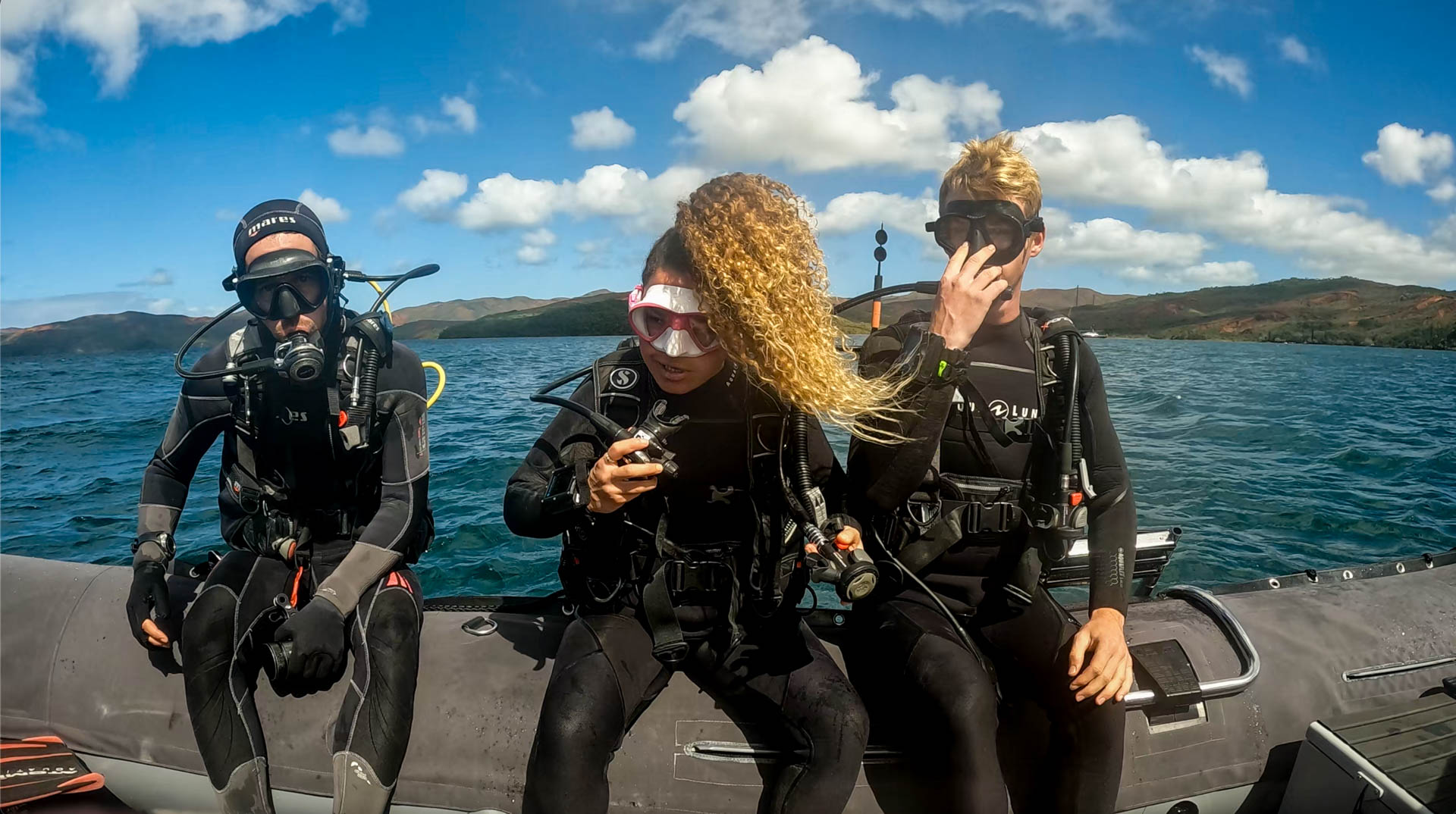
As described in the owner’s log:
High on the list of mechanical worries was the failure of the rescue tender’s crane system. The rescue tender, a Pascoe diesel craft, is heavy, hence the need for a fairly robust crane assembly. Further, the reef area where the science activity was to take place has very little protection and poor anchorages. While there is an improvisation that leverages the mizzen boom for Pascoe deployment, leadership determined that this system would not be sufficiently robust in the event of a worst-case combination of poor weather and some other kind of emergency that would demand the need to deploy expeditiously. I would note from experience captaining aircraft that often big problems/accidents result from a chain of events. It is rarely one thing. There is truism in flying I can paraphrase: “I would rather be on the ground wishing I had taken flight than in the air wishing I had remained on the ground”.
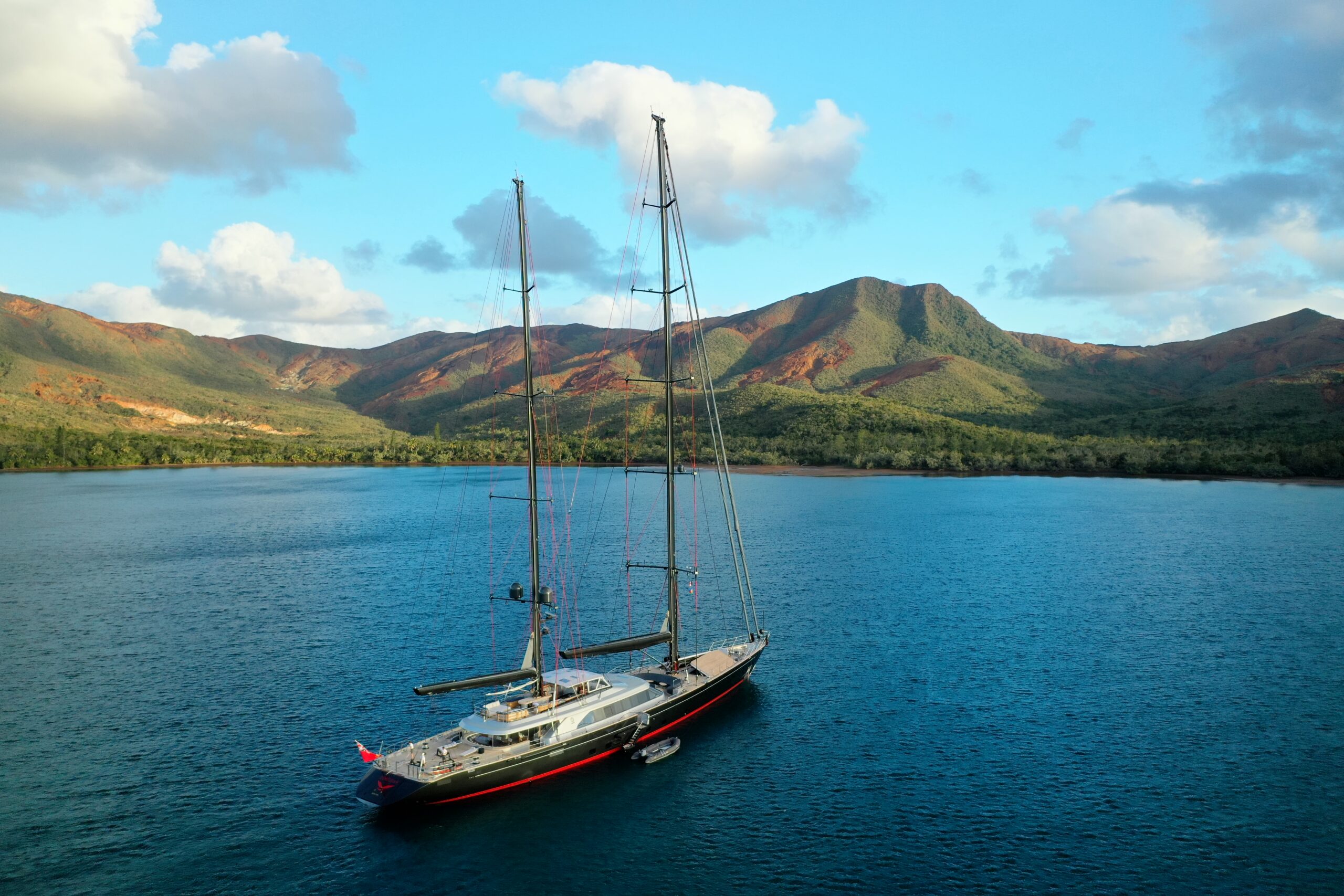
However, as short as our time in New Caledonia was, we had the opportunity to cruise for 10 days in the southern part of the region, during which we visited some beautiful dive sites and explored some of the land.
During our dives, we witnessed New Caledonia’s thriving marine ecosystem. Calling it “Green Turtle Paradise” would not be an exaggeration. Or maybe we got lucky with the amount of sightings of these animals. Sea snakes have also found a haven in many of the small islands we visited. Manta rays, humpback whales and even a dugong cruising in the bay of Anse Vata were also some of the exciting sightings, as well as the endless amount of fish and the explosion of colour in the coral systems we visited.
On the other hand, we found concerning the news regarding the shark culling that is ongoing in the country, a response to some attacks that occurred earlier in the year. As some of the targeted species (tiger sharks and bull sharks) remain vulnerable, such a controversial action raises a lot of questions about the future of these animals and the ecosystems in the region. Sharks play a vital role in the health of the marine environment, and culling campaigns haven’t shown to be an effective way of tackling the problem regarding shark attacks. As some environmental organisations have raised their concerns about this practice, it is hoped that a better solution will be brought to the table when it comes to this matter.
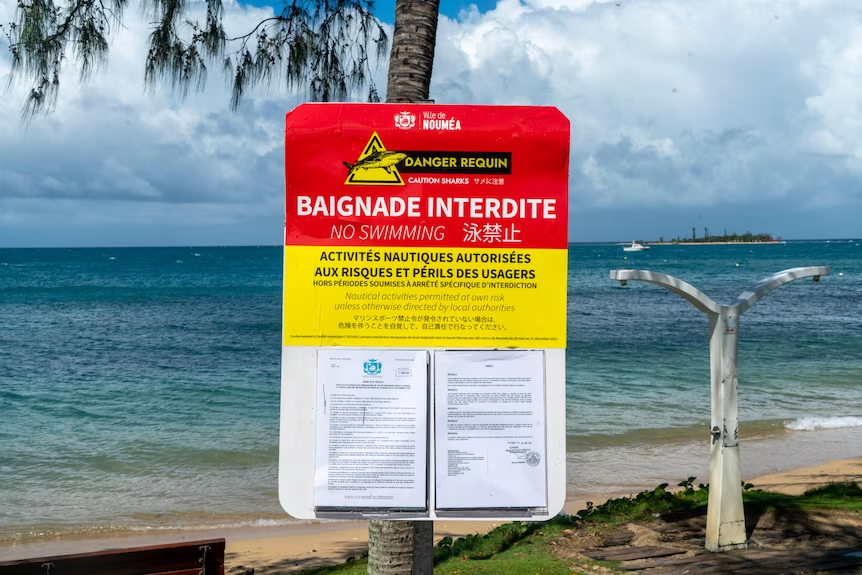
As for our little expedition, we experienced many diverse landscapes in a relatively small cruising area of the island. From the paradise that is Amédée Island to the dark red hills of Prony and the mangroves of Bouraké, we are still curious to see what the rest of the country looks like. Hopefully, we will be back someday and finish what we started.
For a taste of what Seahawk has been up to in New Caledonia, you can watch the latest video made by Kari Morgan, our dive instructor and videographer on board.
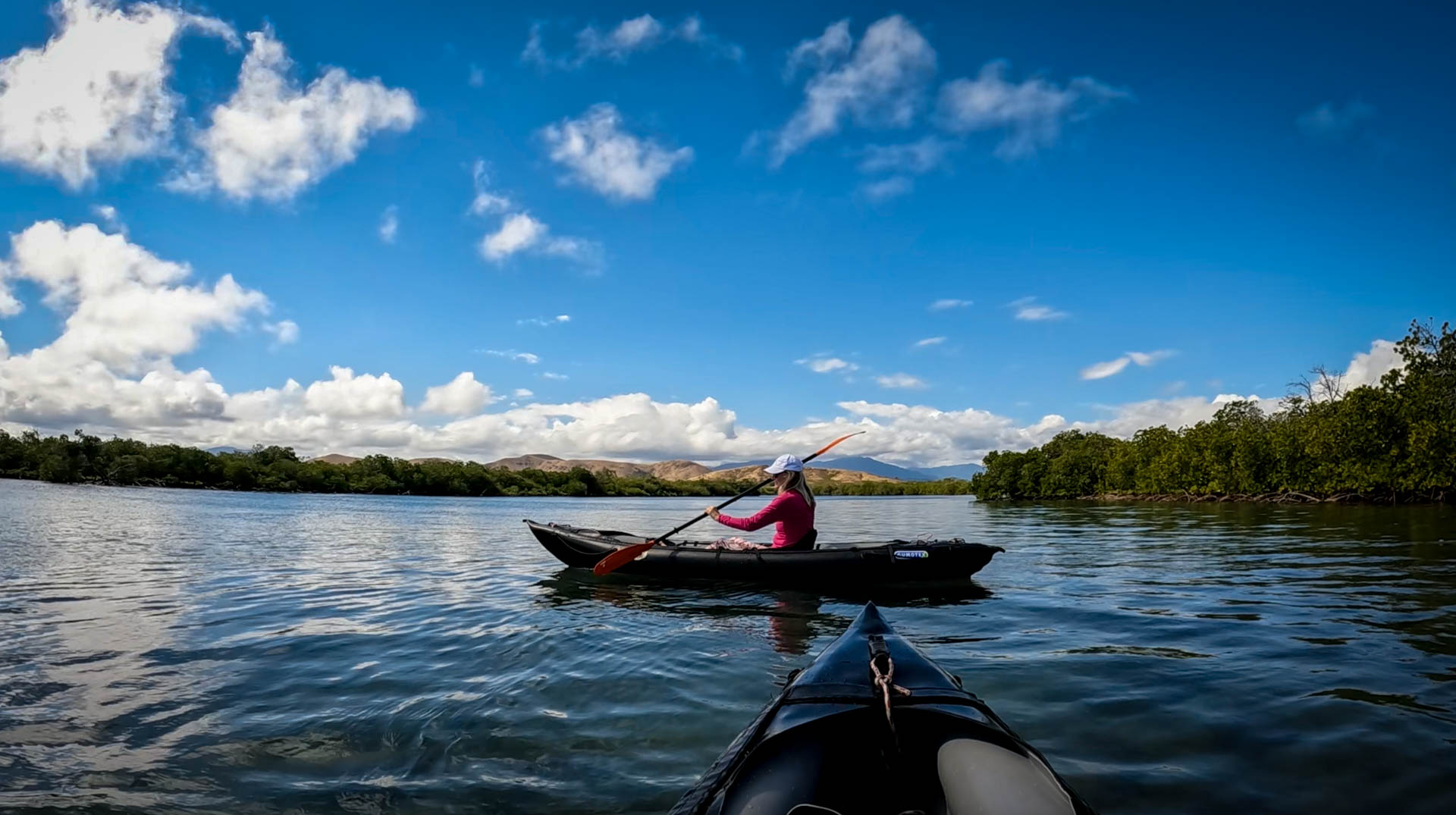
References
Chahrazade Douah (2023, August 18th). Outcry in New Caledonia Over Shark Culls and Net Plans Despite Attacks [Article]. Retrieved from https://amp.theguardian.com/world/2023/aug/18/outcry-in-new-caledonia-over-shark-culls-and-net-plans-despite-attacks
Pew Charitable Trust(2021, June 4th). New Caledonia’s Marine Ecosystem, Among the Healthiest on Earth, Deserves Stronger Protection. [Article]. Retrieved from https://www.pewtrusts.org/en/research-and-analysis/articles/2021/06/01/new-caledonia-marine-ecosystem-among-the-healthiest-on-earth-deserves-stronger-protection
Unesco WHC (2018). Lagoons of New Caledonia: Reef Diversity and Associated Ecosystems. Retrieved from https://whc.unesco.org/en/list/1115/

